
Smarter email, faster business.
Auto-tag, parse, and respond to RFQs, quotes, orders, and more — instantly.
Trending
Trends
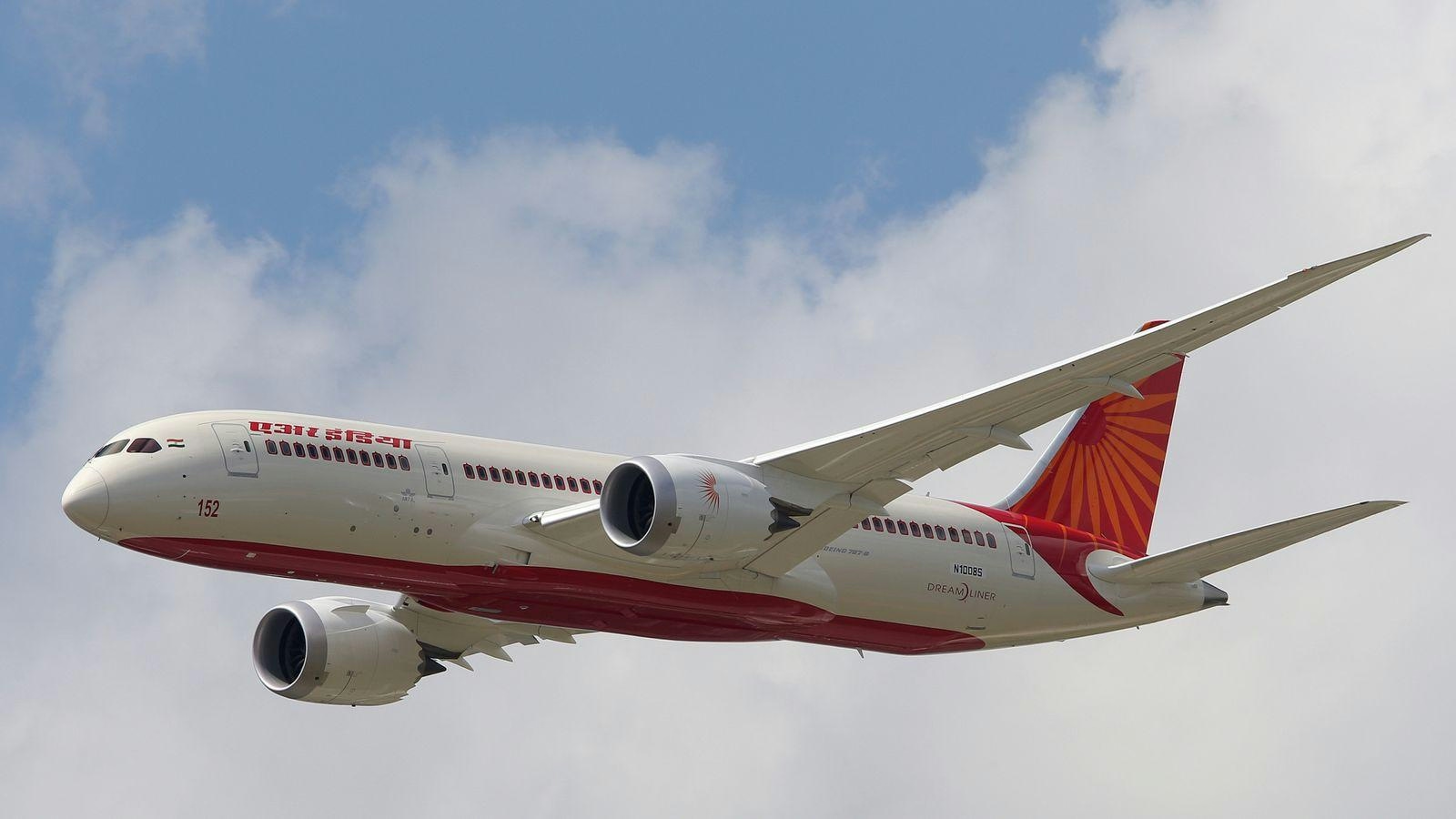
Aviation Expert Suggests Boeing 787 Software May Have Contributed to AI Crash
Aviation Expert Raises Concerns Over Boeing 787 Software in Air India Crash
Mary Schiavo, former Inspector General of the U.S. Department of Transportation and a prominent aviation attorney, has expressed serious concerns that a software-related engine thrust rollback malfunction in the Boeing 787 may have played a role in the recent crash of Air India Flight AI-171. In an exclusive interview with *The Sunday Guardian*, Schiavo highlighted a known issue previously examined by the U.S. National Transportation Safety Board (NTSB), where the aircraft’s computer systems could mistakenly reduce engine thrust during flight.
Drawing on her extensive experience overseeing major air safety investigations and representing families affected by aviation disasters, Schiavo emphasized the risks posed by Boeing’s involvement in its own crash investigations. She called on India’s Directorate General of Civil Aviation (DGCA) to undertake a comprehensive and independent inquiry, particularly given the complexity of the Boeing 787’s software systems.
Software Malfunction and Regulatory Concerns
Central to Schiavo’s warning is the Thrust Control Malfunction Accommodation (TCMA) system, mandated by the Federal Aviation Administration for the Boeing 787. The TCMA operates in conjunction with the Full Authority Digital Engine Control (FADEC) system, relying on computer inputs to determine whether the aircraft is airborne or on the ground. If these systems incorrectly classify the aircraft’s status, they may automatically adjust engine settings, potentially reducing thrust without any pilot intervention.
Schiavo referenced a 2019 incident involving Japan’s All Nippon Airways (ANA), where a similar dual engine thrust rollback occurred. The NTSB investigation into that event identified the issue as a software design flaw and led to corrective measures across the 787 fleet. According to Schiavo, such computer-triggered thrust reductions would leave distinct signatures in the flight data recorder, which investigators should carefully analyze in the case of AI-171.
Wider Implications for Boeing and the Aviation Industry
The possibility that Boeing 787 software contributed to the Air India crash is expected to heighten scrutiny from aviation regulators worldwide. Should software faults be confirmed, both Boeing and Air India could face significant legal consequences. The incident may also prompt a broader reassessment of software-related risks within the 787 fleet. Schiavo drew parallels to Boeing’s handling of the MCAS software issue, which previously sparked global controversy and regulatory intervention.
Beyond regulatory and legal ramifications, the crash carries immediate consequences for the global aviation insurance market. Industry analysts warn that insurance and reinsurance premiums could increase, particularly in India, where the aviation insurance sector has already been grappling with financial losses. Competitors may leverage the situation to highlight their own safety records and technological advancements, potentially affecting Boeing’s market position.
For Air India, the crash presents a critical challenge to its Vihaan.AI transformation program, which aims to elevate the airline to world-class status within five years. The investigation’s outcome and the airline’s subsequent response will be closely monitored by regulators, insurers, and the traveling public.
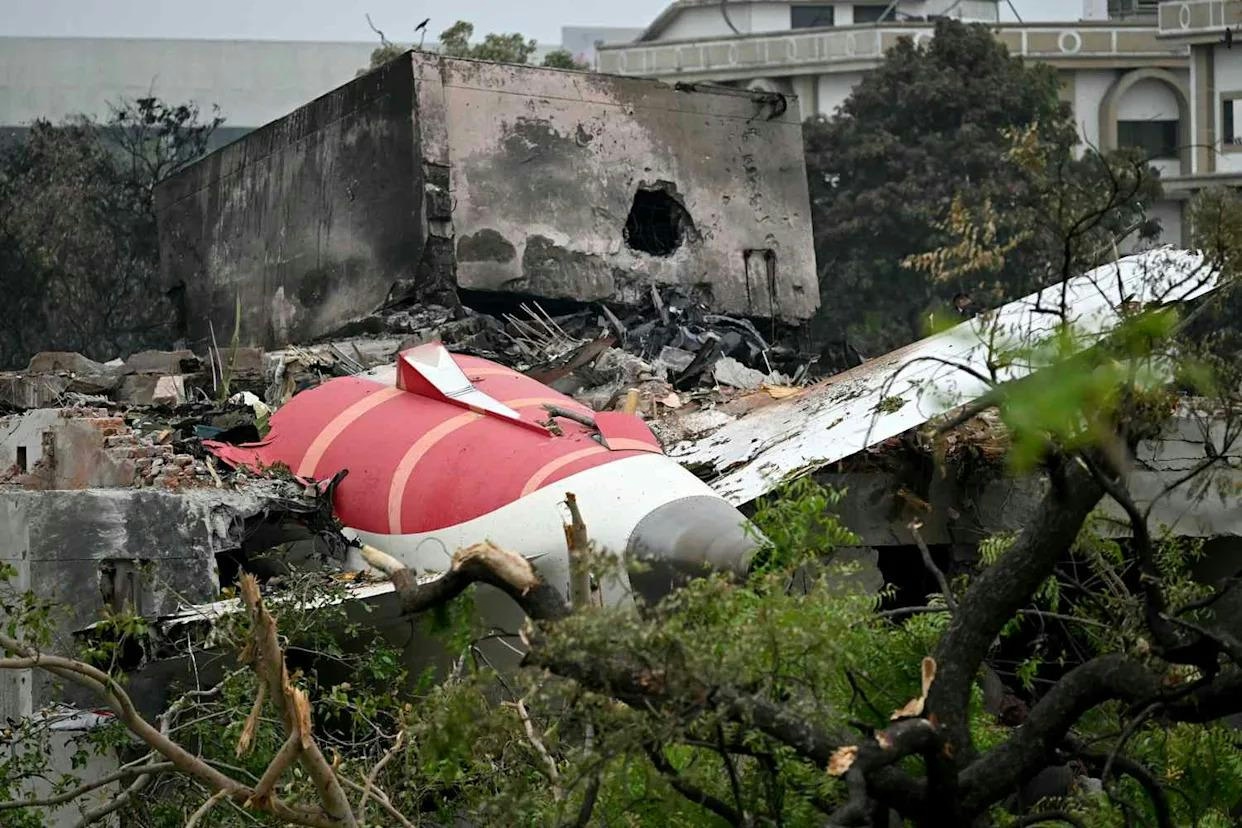
Initial Probe Points to Cause of AI 171 Crash After 15-Second Mayday Call
Initial Probe Points to Power Failure as Cause of AI 171 Crash After 15-Second Mayday Call
An initial investigation into the crash of Air India Flight AI 171 has identified a sudden power failure in the aircraft’s main electrical system shortly after takeoff as the probable cause of the disaster. The Boeing 787 Dreamliner, carrying 242 passengers and crew, crashed moments after departing Ahmedabad Airport, descending rapidly at a rate of 475 feet per minute after reaching an altitude of just 625 feet.
The Mayday Call and Immediate Response
As the aircraft began to lose altitude, Captain Sumeet Sabharwal and co-pilot Clive Kundar issued a brief but urgent “Mayday” distress call to Air Traffic Control (ATC), stating, “Mayday… no thrust, losing power, unable to lift.” Captain Sabharwal, a seasoned pilot with over 8,200 flying hours, made the call only 15 seconds before the plane impacted the ground. Despite ATC’s attempts to re-establish communication, no further contact was made, leaving a very narrow window for any emergency response.
The Mayday call, derived from the French term “m’aider” meaning “help me,” is the highest level of distress signal in aviation and has been the international standard since 1927. It is reserved for life-threatening emergencies requiring immediate assistance.
Investigation and Technical Findings
India’s Aircraft Accident Investigation Bureau (AAIB) is leading an independent inquiry into the crash. Investigators have recreated the incident using flight simulators, replicating conditions such as the landing gear being down and wing flaps engaged. These simulations did not result in a crash, indicating that a more critical failure likely occurred.
Evidence suggests a possible dual engine failure, as the aircraft’s emergency power system, known as the Ram Air Turbine (RAT), was deployed by the pilots. The activation of the RAT typically signals a loss of engine power or a complete electrical failure. Although dual engine failures are exceedingly rare, investigators have not dismissed this possibility. The ongoing recovery and analysis of the second “black box” flight recorder are expected to provide more conclusive information.
Broader Implications and Ongoing Inquiry
The crash carries significant consequences for Air India, including potential reputational damage, financial losses, and operational disruptions. It is also expected to trigger heightened scrutiny and possible regulatory reforms within India’s aviation sector. Boeing, as the manufacturer of the aircraft, may face reputational and legal challenges as the investigation progresses.
CCTV footage widely circulated online shows the aircraft taking off from Runway 23 before unexpectedly descending and veering over a residential area, followed by a massive explosion and a plume of black smoke at the crash site. Flight tracking data confirmed that the aircraft lost contact just seconds into its planned 4,200-mile journey to London’s Gatwick Airport.
Investigators are also reviewing a previous takeoff incident involving the same route to Gatwick from five years ago as part of their efforts to determine the full cause of the crash. The findings from this ongoing investigation are anticipated to influence future safety protocols and regulatory oversight in both Indian and international aviation.
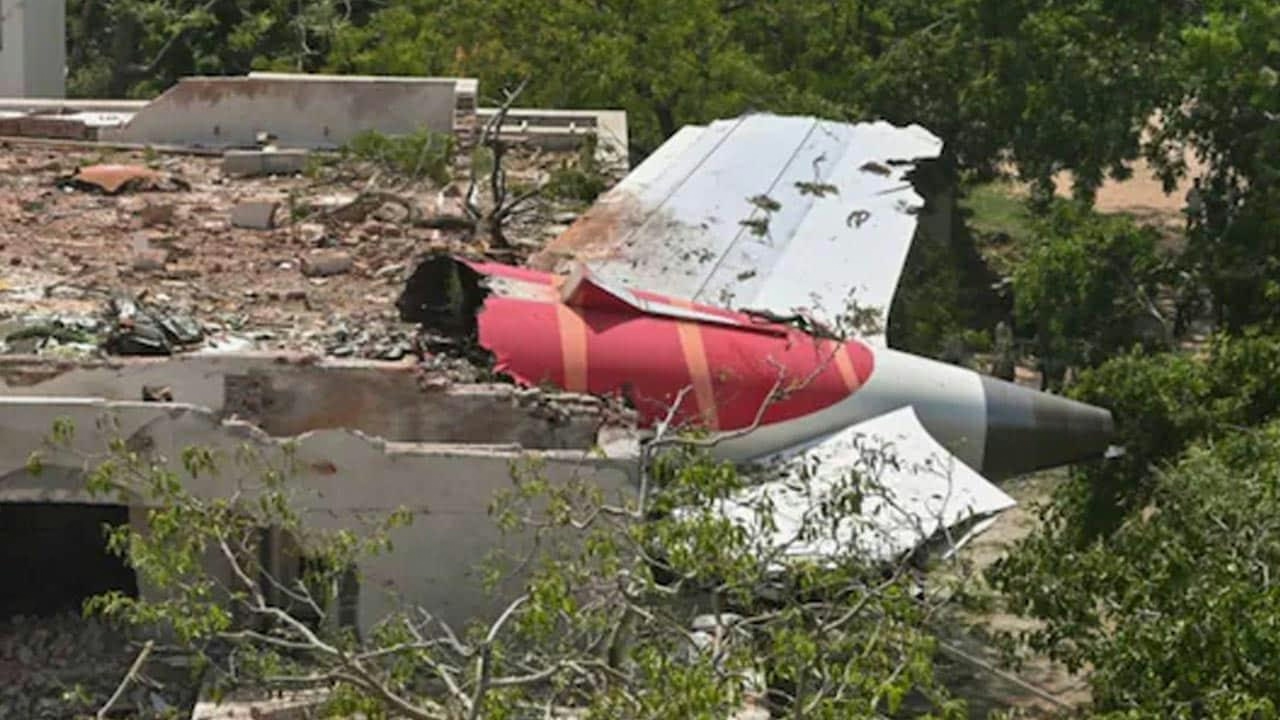
The Mystery of AI-171 Explained
The Mystery of AI-171 Explained
Aviation accidents often draw intense global scrutiny, not only because of the potential loss of life but also due to the complex technical factors involved. One notable case is the emergency landing of Air India Flight AI-171, a Boeing 787 Dreamliner, in 2017. This incident has since sparked considerable debate regarding aviation safety and manufacturing standards. Recently, analyst Dhruv Rathee provided a comprehensive breakdown of the event, shedding new light on the circumstances and their implications for the future of aviation and technology.
The Incident That Raised Questions
On February 10, 2017, Air India Flight AI-171 was traveling from Ahmedabad to London via Mumbai when it was compelled to make an emergency landing in London due to technical difficulties. Initially regarded as a routine precaution, the situation escalated when reports surfaced of a hole discovered in the aircraft’s fuselage—a critical structural component designed to endure the extreme pressures experienced at cruising altitude. This discovery raised urgent questions about how such a defect could have occurred and why it had not been detected earlier in the aircraft’s operational life.
The Dreamliner’s Promise and Pitfalls
The Boeing 787 Dreamliner was introduced as a significant advancement in fuel efficiency and passenger comfort, largely due to its innovative carbon-composite structure. However, since its debut, the aircraft has encountered several technical challenges, including battery fires, software malfunctions, and structural concerns such as those revealed by the AI-171 incident. This event exposed a disconnect between the Dreamliner’s technological ambitions and the practical realities of large-scale aircraft manufacturing.
What Really Happened?
Drawing on verified reports and engineering data, Rathee’s analysis clarifies that the hole was not the result of an in-flight event but rather a pre-existing manufacturing defect. Specifically, a panel in the rear fuselage had been improperly manufactured or repaired, causing a deformation near the tail section. Fortunately, this part of the aircraft does not bear the same pressurized load as the main cabin, which allowed the plane to continue operating safely for several flights before the defect was identified.
This case is not isolated. Boeing’s manufacturing processes, particularly at its Charleston, South Carolina facility, had already come under scrutiny amid allegations from whistleblowers about rushed production schedules and compromised quality control. The AI-171 incident thus highlights broader systemic issues within the aerospace industry.
Broader Implications: Competition, Legal Risks, and Evolving Standards
The challenges exemplified by the AI-171 incident resonate beyond aviation, reflecting dynamics in the rapidly evolving technology sector. Established companies such as Nvidia are experiencing rapid growth, intensifying competition and raising the stakes for quality and innovation. Market responses to such incidents are increasingly influenced by external factors, including major technology events like Apple’s Worldwide Developers Conference and key economic indicators such as inflation data.
At the same time, the legal environment is shifting. Competitors are increasingly resorting to litigation in response to technological disruptions, as seen in recent lawsuits filed by Disney and Universal against the AI startup Midjourney over issues of creative control. Concurrently, new startups are emerging to evaluate and price the risks associated with advanced artificial intelligence, reflecting a growing awareness of the need for robust oversight and accountability.
Conclusion
The AI-171 incident underscores the complexities and risks inherent in both aviation and cutting-edge technology. As manufacturers and technology companies accelerate innovation, the necessity for stringent quality control, transparent processes, and proactive risk management becomes ever more apparent. The lessons drawn from AI-171 extend well beyond the aviation sector, serving as a cautionary example for any industry navigating the challenges posed by rapid technological advancement.
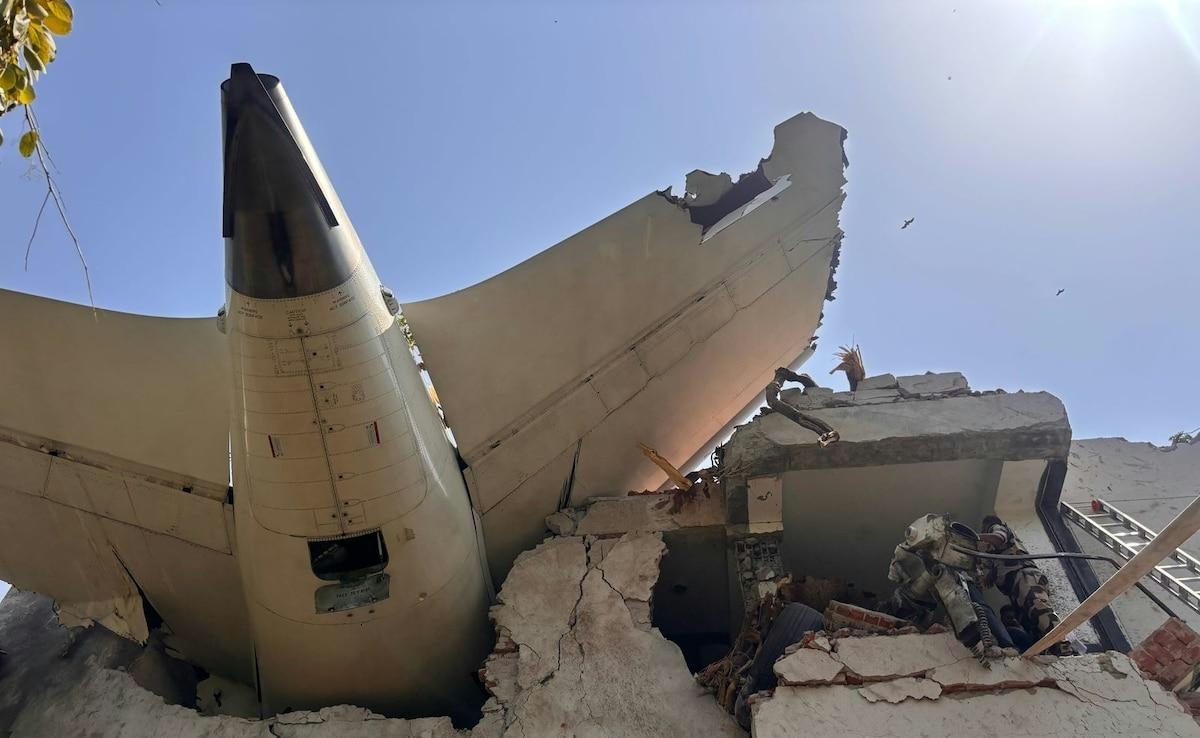
AI-Generated Content Spreads Misinformation After Air India Crash
AI-Generated Content Fuels Misinformation Surge After Air India Crash
In the wake of the Air India Boeing 787 crash near Ahmedabad, which tragically claimed 275 lives, a surge of AI-generated misinformation has complicated efforts to deliver accurate updates and intensified public anxiety. The disaster, which occurred on June 12, has been followed by a proliferation of false reports and manipulated media across social platforms and news outlets, challenging authorities and experts alike.
The Spread of False Reports and Manipulated Media
Shortly after the crash, a preliminary investigation report surfaced within aviation circles, appearing official and replete with technical aviation terminology. However, experts quickly identified the document as a product of generative AI, repurposing details from an unrelated 2024 LATAM Airlines incident in South America. Despite Indian authorities promptly debunking the report, several news organizations had already disseminated misleading headlines, further confusing the public and even some aviation professionals.
The misinformation extended beyond fabricated reports. Digital fraud detection firm mFilterIt uncovered numerous AI-generated images and videos falsely depicting the crash aftermath, alongside fraudulent fundraising campaigns exploiting the tragedy. Amit Relan, co-founder and CEO of mFilterIt, highlighted a disturbing pattern of bad actors leveraging AI and social media to spread misinformation and commit fraud during sensitive events such as the Air India Flight 171 crash. He underscored the urgent need for public education to help individuals discern legitimate content from manipulated material and called for enhanced collaboration among technology platforms, law enforcement agencies, and industry stakeholders to combat these threats.
Impact on Public Perception and Official Response
The rapid dissemination of false information has heightened public panic and intensified pressure on authorities to maintain transparent communication. The International Civil Aviation Organization (ICAO) emphasized the critical role of effective media engagement in preserving public trust and ensuring the accuracy of information during aviation crises. According to the ICAO, a well-planned and executed communication strategy is vital to minimizing negative publicity and ensuring timely, factual reporting.
India’s civil aviation ministry confirmed that the Aircraft Accident Investigation Bureau (AAIB) has successfully retrieved data from the cockpit voice recorder (CVR) and flight data recorder (FDR), which are currently undergoing analysis in New Delhi. The recovery and examination of these recorders are expected to be pivotal in advancing the investigation.
The incident has also drawn scrutiny across related sectors. Market analysts are monitoring the aviation insurance and reinsurance markets for potential repercussions, while Air India’s ongoing transformation program faces renewed challenges amid the crisis. Competitors have responded by emphasizing their own safety protocols and communication strategies to reassure passengers and sustain operational momentum.
John Cox, a former airline pilot and CEO of Safety Operating Systems, stressed the necessity for a fundamental shift in crisis communication. He described the current situation as the most extensive case of misinformation witnessed during any aviation accident. Cox advocated for daily briefings by the AAIB, similar to practices adopted by agencies worldwide, noting that in the absence of reliable information, misinformation inevitably fills the void.
As the investigation proceeds, authorities and industry stakeholders confront the ongoing challenge of countering misinformation, restoring public confidence, and ensuring that accurate information prevails.
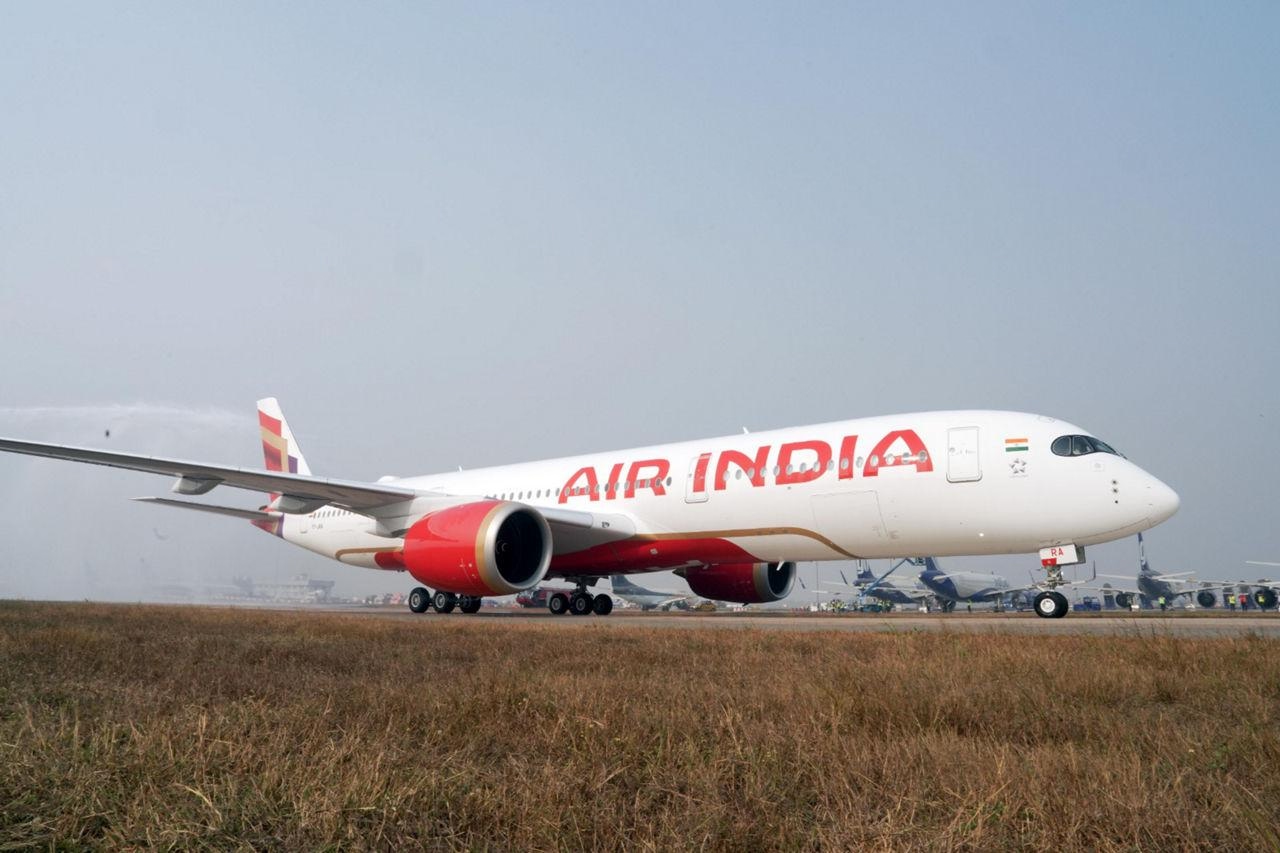
Air India Announces Delivery Schedule for A321neo, A350-1000, and 787-9 Aircraft
Air India Announces Delivery Schedule for A321neo, A350-1000, and 787-9 Aircraft
Major Fleet Modernization Underway
Air India Group, now under the ownership of the Tata Group, is advancing a landmark fleet renewal initiative that promises to transform its operational capabilities and competitive positioning within the Indian aviation sector. Central to this effort is an unprecedented order of 570 aircraft, among the largest in the history of commercial aviation. This extensive acquisition includes the latest models from Airbus and Boeing, notably the A321neo, A350-1000, 787-9 Dreamliner, and 777-9. These additions are expected to significantly expand Air India’s capacity and modernize its fleet.
Delivery Timeline and Deployment Plans
To date, the Air India Group—which comprises both Air India (AI) and Air India Express (IX)—has taken delivery of six Airbus A350-900s alongside more than 40 Boeing 737 MAX aircraft. The next phase of this fleet expansion is scheduled to commence in mid-2025, with the introduction of the first A321neo, A350-1000, and 787-9 Dreamliner aircraft. This phase represents a critical step in the airline’s strategy to increase capacity and enhance service offerings.
Air India Express will be the initial operator of the new A321neo, launching scheduled services from April 15, 2025. The inaugural routes will connect Delhi (DEL) with Bengaluru (BLR) and Srinagar (SXR), with subsequent expansions on April 20 to include Ayodhya (AYJ) and Jaipur (JAI). The A321neo will be configured with 180 economy seats and 12 business class seats, providing improved passenger options on key domestic routes. Currently, Air India operates two A321neos (registrations VT-RTC and VT-RTD) in a 192-seat dual-class layout.
Supply Chain Challenges and Operational Adjustments
Despite the progress, Air India continues to grapple with significant supply chain disruptions. CEO Campbell Wilson has acknowledged ongoing difficulties in procuring essential components such as engines, fuselages, and premium cabin seats. These challenges are expected to cause delivery delays from both Airbus and Boeing, potentially affecting the airline’s growth trajectory for the next four to five years. In response, Air India is extending the operational lifespan of older aircraft, which entails increased maintenance costs, and is facing obstacles in leasing additional planes due to global shortages. The airline is also exercising prudence regarding further Boeing orders amid manufacturing and regulatory constraints.
Widebody Fleet Expansion: A350-1000 and 787-9
The first A350-1000 destined for Air India is nearing completion at Airbus’s Toulouse facility and is anticipated to be delivered in 2026. Currently registered as F-WZFI, the aircraft will soon be re-registered under the VT-series for Indian operations. Concurrently, the initial Boeing 787-9 Dreamliners from the 2023 order are expected to arrive by the end of 2025. Three 787-9s are presently in production at Boeing’s Charleston, South Carolina plant, equipped with General Electric GEnx-1B engines.
Order Composition and Market Implications
Air India’s comprehensive 570-aircraft order includes 20 A350-900s, 20 A350-1000s, 140 A320neos, and 70 A321neos from Airbus, alongside 20 787-9 Dreamliners, 10 777X, and 190 737-8 MAX aircraft from Boeing. Additionally, a 2024 order comprises 10 more A350s and 90 A320 Family aircraft. This sweeping modernization is anticipated to provoke strategic responses from rival carriers, who may reassess their fleet plans in light of Air India’s expanded capacity. Industry analysts expect this development to intensify competition and elevate passenger service standards across the Indian aviation market.
Commitment to Sustainability and Efficiency
Air India’s investment in next-generation aircraft reflects a strong commitment to operational efficiency, passenger comfort, and environmental stewardship. The new A350 and 787-9 models offer substantial fuel savings and reduced emissions, aligning with global efforts to promote sustainable aviation. As these aircraft enter service from mid-2025 onward, Air India is positioned to lead the industry’s transition toward eco-friendly, high-capacity air travel.
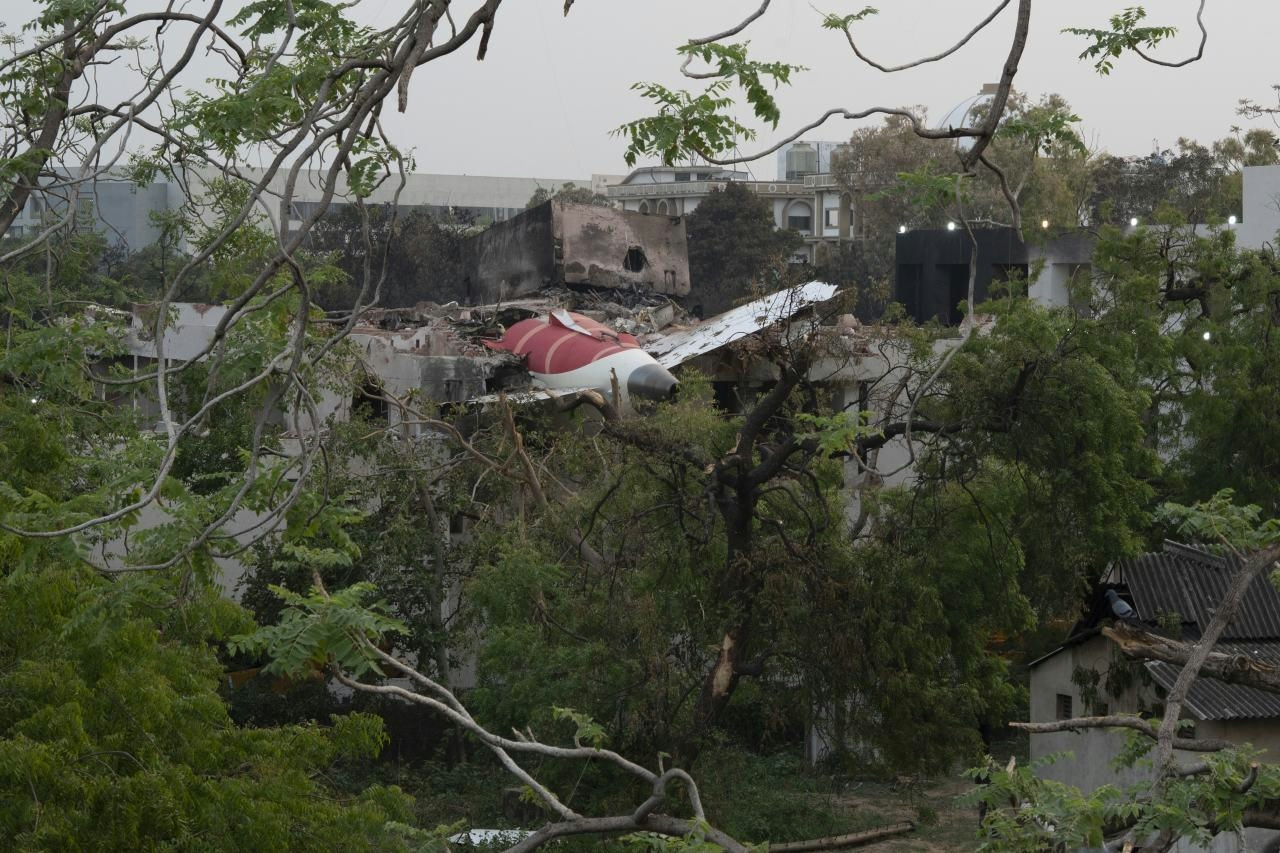
Investigators Examine Dual-Engine Failure in Air India Crash
Investigators Examine Dual-Engine Failure in Air India Crash
More than two weeks after the tragic crash of an Air India Boeing 787, which claimed the lives of 241 of the 242 people on board, investigators are concentrating on the possibility of a dual engine failure as a critical factor that may have prevented the aircraft from maintaining flight. The aircraft went down shortly after taking off from Ahmedabad on June 12, struggling to gain altitude before crashing into nearby buildings and erupting in flames. The disaster also resulted in the deaths of nineteen individuals on the ground.
Focus on Technical Malfunction and Flight Simulation
Video footage captured the aircraft’s brief and troubled ascent, showing a rapid descent soon after takeoff. Sources familiar with the investigation report that Air India pilots have since attempted to replicate the flight’s conditions in a simulator, including scenarios with deployed landing gear and retracted wing flaps. These simulations, however, did not fully account for the crash, prompting investigators to intensify their focus on a possible technical malfunction. Notably, the deployment of the plane’s emergency-power turbine just seconds before impact suggests that both engines may have failed simultaneously.
Operational Impact and Ongoing Investigation
The crash has caused significant operational disruptions for Air India, which is currently engaged in its Vihaan.AI transformation program aimed at modernizing the airline. In response to the incident, the carrier has canceled eight international flights operated by Boeing 787-8 Dreamliners as a precautionary measure, while comprehensive safety inspections are underway. The tragedy has raised serious concerns about the airline’s reputation and the potential ramifications for its ongoing reform initiatives.
Investigators continue to analyze the aircraft’s black boxes and cockpit voice recordings to reconstruct the precise sequence of events leading to the disaster. The probe is also reviewing maintenance records and technical data to determine whether mechanical failures or systemic issues contributed to the crash.
Broader Implications for Aviation Safety
Beyond the immediate impact on Air India, the crash has drawn attention to broader challenges facing India’s rapidly growing aviation sector, as well as renewed scrutiny of Boeing’s aircraft safety. Industry experts caution that the investigation’s findings could have significant implications for safety protocols and regulatory oversight across the region.
Authorities have emphasized the importance of a thorough and transparent investigation to restore public confidence in both the airline and the wider aviation industry. The inquiry remains ongoing as officials work to uncover the full circumstances surrounding this devastating event.
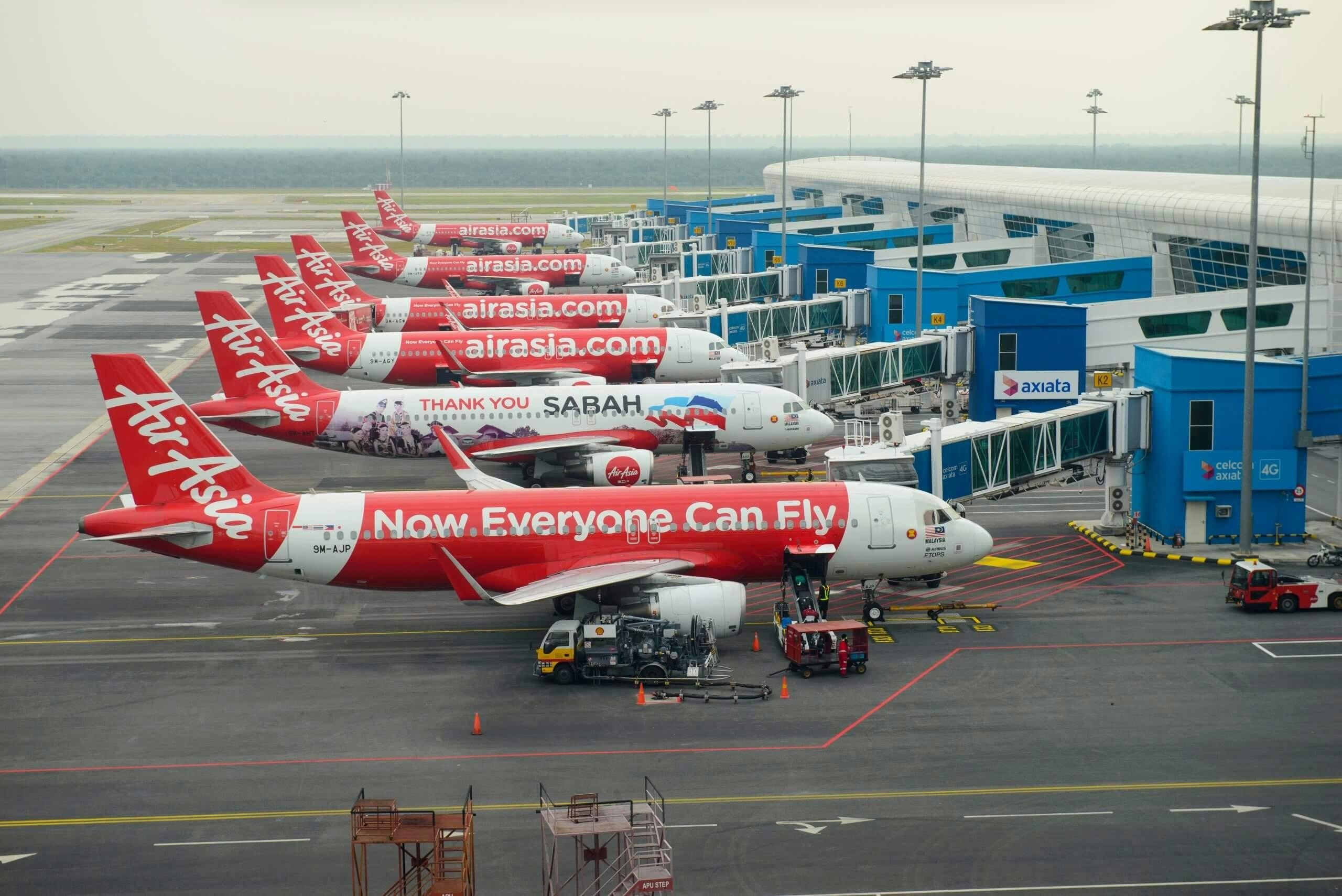
AirAsia Orders 50 Airbus A321XLR Jets as Restructuring Nears Completion
AirAsia Commits to 50 Airbus A321XLR Jets Amid Restructuring Progress
AirAsia has formalized a memorandum of understanding with Airbus to acquire 50 A321XLR long-range aircraft, with options to convert an additional 20 jets from its existing order portfolio. This agreement marks a significant milestone as the Malaysia-based low-cost carrier nears the completion of a comprehensive restructuring process.
The deal, confirmed on Friday, follows reports that Tony Fernandes, CEO of Capital A Group—the parent company of AirAsia—was engaged in advanced negotiations for a substantial order of Airbus’s latest narrow-body model. AirAsia, one of Asia’s largest budget airlines and a major Airbus customer, currently holds orders for approximately 360 aircraft.
Fernandes revealed that the airline intends to place an additional order for 150 aircraft within the coming month, thereby finalizing its fleet strategy for the foreseeable future. While specific models have not been disclosed, ongoing discussions include a significant acquisition of smaller jets, potentially the Airbus A220 or Embraer E2 regional aircraft.
Strategic Expansion and Market Implications
AirAsia’s fleet expansion plans emerge amid a rapidly evolving competitive environment. Recent large-scale aircraft orders by carriers such as ANA Holdings and Riyadh Air are reshaping market dynamics, potentially prompting strategic responses across the industry. Analysts suggest that AirAsia’s new order could trigger competitive reactions, including the introduction of new aircraft models or enhanced service offerings, as rivals strive to protect market share. These developments may also lead to adjustments in pricing and operations as airlines respond to shifting demand and increased capacity.
Capital A was designated as financially distressed by Malaysia’s stock exchange in 2022 due to the impact of pandemic-related travel restrictions. The company is now preparing to exit its PN17 status, a process expected to conclude soon following the planned sale of AirAsia’s aviation business to its long-haul affiliate, AirAsia X. This consolidation aims to unify both long- and short-haul operations under the AirAsia brand. Upon completion, the expanded AirAsia will remain publicly listed in Malaysia and plans to issue its first bond in October, with two credit rating agencies currently evaluating the company.
Operating a fleet of 255 aircraft, AirAsia has been actively restructuring its order book after enduring severe financial challenges during the COVID-19 pandemic. The airline primarily operates economy-only, narrow-body aircraft typical of low-cost carriers. Fernandes also noted ongoing negotiations with Airbus concerning a historic order for 15 A330 wide-body jets, although no cancellations have been made.
Looking forward, AirAsia aims to extend its network to North America and Europe while maintaining its budget fare model. The long-range capabilities of the A321XLR are central to this strategy, despite the inherent range limitations of single-aisle aircraft. To overcome these constraints, AirAsia is exploring the establishment of hub airports in the Middle East, Europe, and the Asia-Pacific region. Discussions are underway with four Gulf cities, including locations in Saudi Arabia and the Emirate of Ras Al Khaimah, with Bahrain also under consideration.
As AirAsia finalizes its restructuring and fleet expansion, its strategic moves are poised to influence regional competition and market dynamics, highlighting the intensifying race among carriers to capture the resurgence in post-pandemic travel demand.
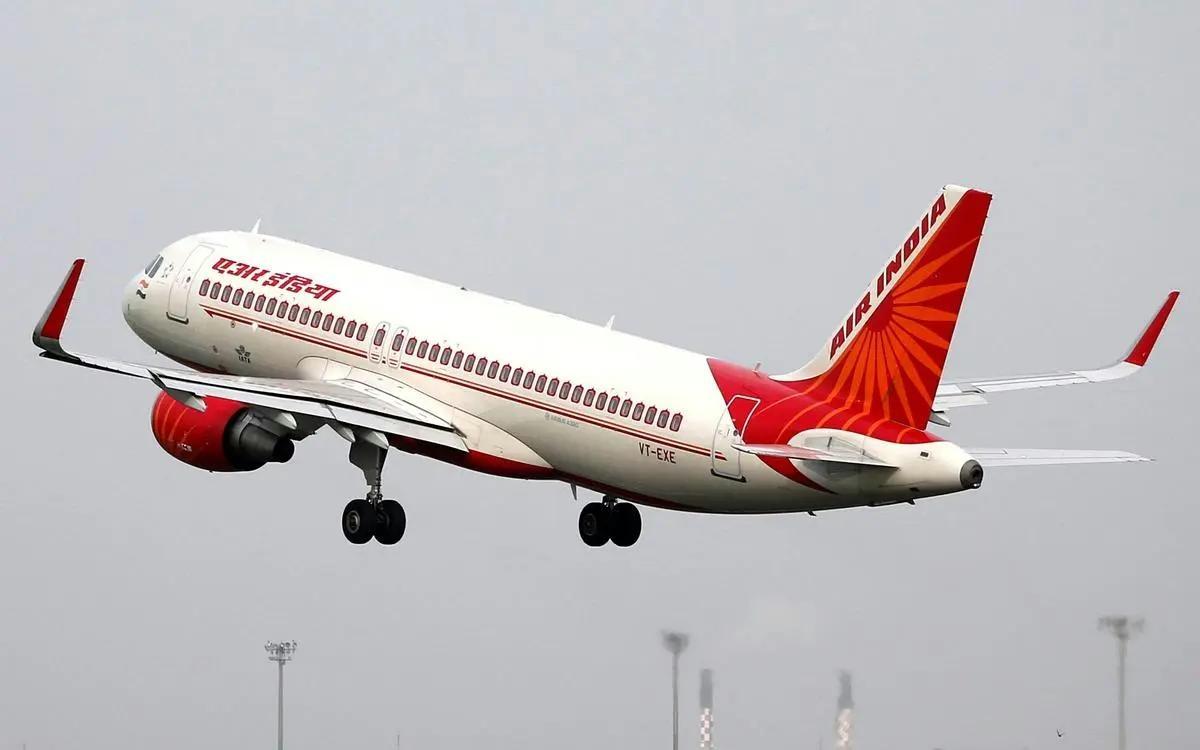
Air India Pilot Collapses in Cockpit Before Bengaluru-Delhi Flight
Air India Pilot Collapses in Cockpit Before Bengaluru-Delhi Flight
An Air India pilot experienced a medical emergency in the cockpit just prior to operating flight AI2414 from Bengaluru to Delhi early on Friday morning. The pilot collapsed while preparing to sign mandatory documents, prompting immediate medical intervention. Airline officials confirmed the incident, noting that the pilot was unable to proceed with the flight and was promptly taken to a local hospital. The pilot is reported to be stable and remains under medical supervision.
The medical emergency caused a delay to flight AI2414, which was subsequently operated by a different pilot. Air India emphasized that its foremost priority is to support the pilot and his family to ensure a swift recovery.
Context and Industry Implications
This incident occurs amid heightened scrutiny of Air India and the broader Indian aviation sector, following the recent crash of Air India Flight 171. The proximity of these events has intensified concerns regarding the airline’s safety protocols and operational procedures. These challenges come at a critical juncture for Air India’s ongoing transformation efforts and India’s aspirations to become a major global aviation hub.
Industry analysts highlight that the airline’s transparency and responsiveness in managing these incidents will be pivotal in shaping public confidence and sustaining operational momentum. The recent developments are also anticipated to influence the aviation insurance market, potentially leading to more stringent and costly coverage conditions for Indian carriers. Investor sentiment towards Air India and the wider sector may be affected, with increased focus on regulatory oversight and safety enhancements.
Competitors and stakeholders within the aviation industry are closely observing Air India’s response, as these events are likely to trigger broader discussions on safety standards and regulatory measures across India’s aviation landscape.
As investigations proceed and the pilot continues to recover, Air India has reaffirmed its commitment to supporting its personnel and maintaining the highest standards of safety.

Qatar Orders Up to 210 Boeing Jets During Trump Visit
Qatar Places Landmark Order for Up to 210 Boeing Jets Amid Trump Visit
Qatar has announced an order for up to 210 Boeing aircraft, marking one of the largest deals in the history of the US aerospace manufacturer. The agreement, revealed during President Donald Trump’s visit to the Gulf state, underscores the strengthening commercial relationship between the United States and Qatar. It also highlights the Trump administration’s commitment to promoting American manufacturing and boosting exports.
Details and Market Implications
The deal, valued at tens of billions of dollars based on list prices, includes a combination of firm orders and options for both passenger and cargo jets. This substantial purchase further consolidates Boeing’s position in the fiercely competitive global aviation market. The announcement was met with a positive response from investors, contributing to the continued rise in Boeing’s stock price that began earlier in the year. Market participants view the order as an indicator of sustained demand for Boeing’s aircraft despite ongoing global economic uncertainties.
Challenges and Industry Context
Despite the optimistic outlook, industry analysts have urged caution. Economic volatility could affect Qatar’s capacity to fulfill the entire order, and the competitive landscape remains intense. European rival Airbus is expected to respond with competitive offers, as airlines worldwide reassess their fleet strategies in light of changing travel patterns and fluctuating fuel costs. The aviation sector is currently navigating a period of adjustment, with carriers balancing growth ambitions against economic pressures.
For Boeing, the Qatar order represents a critical opportunity to recover from recent difficulties and to maintain its competitive edge over Airbus. The transaction is also viewed as a diplomatic success for the Trump administration, which has prioritized expanding US exports and reinforcing economic ties with strategic partners.
The long-term impact of this agreement will depend on broader market dynamics and the strategic responses of major aircraft manufacturers. As the aviation industry faces economic headwinds and intensifying competition, the coming months will be pivotal in determining how Boeing and its rivals capitalize on emerging opportunities.
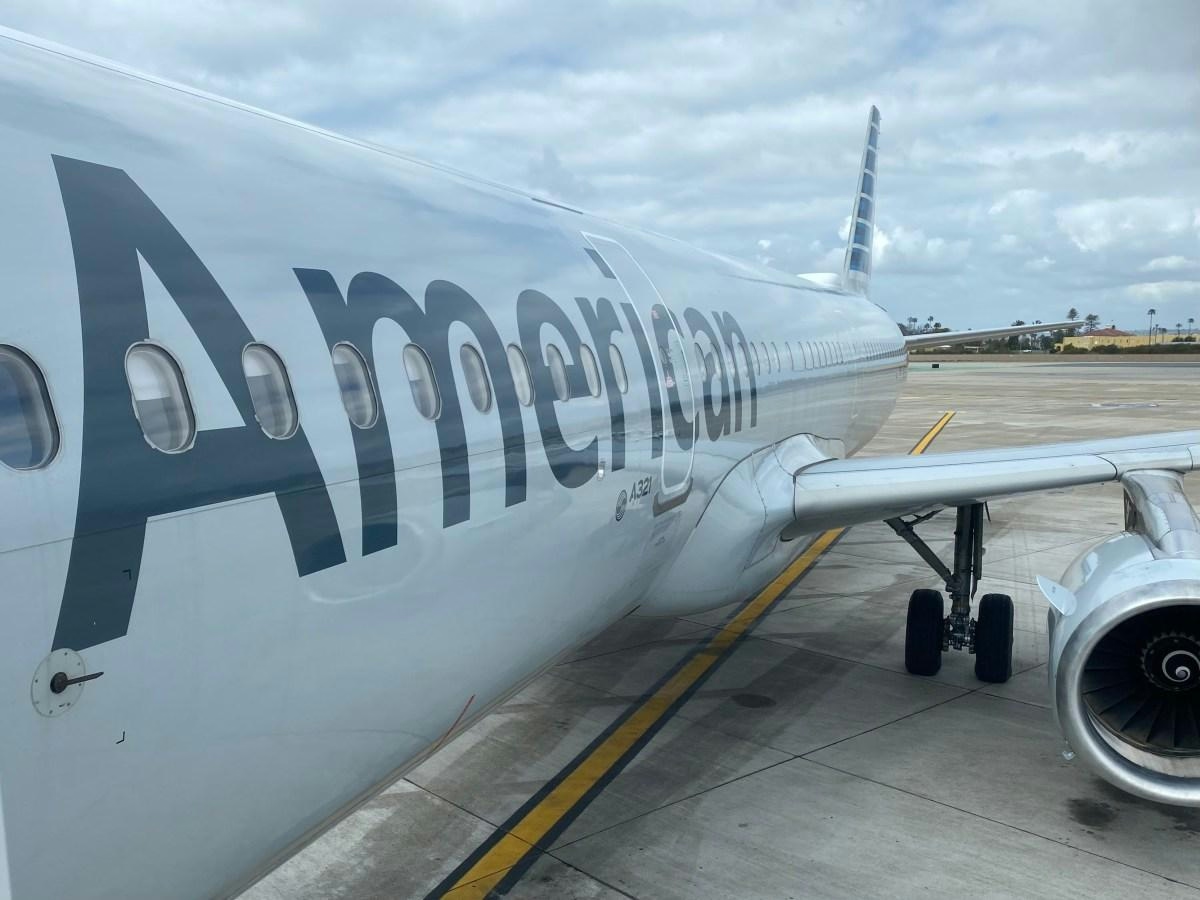
American Airlines Airbus A321 Returns to Service After Engine Issue Led to Overweight Landing in Phoenix
American Airlines Airbus A321 Returns to Service Following Engine Malfunction and Overweight Landing in Phoenix
An American Airlines Airbus A321-200 has resumed operations after an emergency landing at Phoenix Sky Harbor International Airport (PHX) caused by an engine malfunction shortly after departure. The incident occurred on Wednesday, June 25, involving flight AA1823, which was en route from Phoenix to Charlotte Douglas International Airport (CLT) in North Carolina.
Incident Overview
The aircraft, carrying 201 passengers and crew, departed Phoenix at 12:27 p.m. local time, approximately 12 minutes behind schedule. Shortly after takeoff, the flight crew reported an overheating issue with the number 2 engine. Passengers and witnesses described hearing a loud boom accompanied by smoke and visible flames emanating from the engine in flight. In response, the crew promptly shut down the affected engine as a precautionary measure and declared an emergency, requesting an immediate return to Phoenix.
Air traffic control directed the aircraft to climb and maintain an altitude of 5,000 feet while executing a turnaround for landing on runway 8, selected due to prevailing wind conditions. However, operating on a single engine amid the intense Arizona heat, the aircraft struggled to gain altitude, reaching only about 4,000 feet before commencing its approach.
Emergency Landing and Response
As the aircraft prepared to land, the pilots communicated the necessity of an overweight landing, indicating that the aircraft was heavier than its maximum certified landing weight due to unburned fuel. They also requested that fire and rescue services be on standby, citing concerns about hot brakes and the earlier engine overheating.
The flight crew informed air traffic control:
*"We're gonna go ahead right now and declare an emergency for overweight landing. [...] And for Fire Rescue, for 1823, just be prepared, we're gonna be an overweight landing. Our brakes may be hot. And we had an overheat on the right hand engine, engine 2."*
Despite these challenges, the aircraft landed safely at Phoenix Sky Harbor, vacated the runway without incident, and was met by emergency personnel for inspection. The Federal Aviation Administration (FAA) confirmed the safe landing and acknowledged the crew’s report of the engine issue.
Aftermath and Return to Service
Following a comprehensive inspection and any necessary maintenance, the Airbus A321 returned to service on Friday, June 27. American Airlines has reported no injuries among passengers or crew. While there has been no public commentary on market reactions or competitor responses, the airline has emphasized its commitment to passenger safety and adherence to regulatory standards.
This incident highlights the critical importance of crew training, emergency preparedness, and the rigorous safety protocols that underpin commercial aviation operations.

China Begins Testing Plasma-Powered Engines
China Advances Testing of Plasma-Powered Engines
For over seven decades, jet engines have propelled aircraft by compressing air, mixing it with fuel, igniting the mixture, and expelling exhaust to generate thrust. This conventional approach, while foundational to modern aviation, remains heavily reliant on fossil fuels, contributing significantly to global emissions. As the aviation sector confronts increasing pressure to adopt cleaner technologies, plasma-powered engines have emerged as a promising alternative.
Innovation in Propulsion Technology
While electric vehicles have showcased the viability of battery and motor technology on land, adapting these advancements for aviation presents formidable challenges. The weight and limited energy density of current batteries hinder their use in long-haul flights, prompting engineers to explore novel propulsion methods beyond traditional electrification.
In this context, a team led by Professor Jau Tang at Wuhan University in China has developed a prototype plasma jet engine. This engine diverges from conventional designs by utilizing compressed air and electricity to generate thrust. The mechanism involves heating air to temperatures exceeding 1,000°C and subjecting it to microwave radiation, thereby creating plasma—a highly energized state of matter composed of charged particles such as ions and electrons. The resulting superheated plasma is expelled to produce thrust.
Laboratory tests of the prototype have demonstrated sufficient power to lift a one-kilogram steel ball, indicating a promising proof of concept. Unlike plasma engines employed in space propulsion, which depend on rare gases like xenon and require vacuum conditions, Tang’s design operates using ordinary air, making it suitable for terrestrial applications.
Challenges and Industry Implications
Despite these encouraging developments, significant obstacles remain. The current prototype relies on megawatt-level microwave generators and substantial energy storage systems, restricting its operation to short bursts. Scaling this technology for commercial aviation will necessitate extensive research and development over several years. Engineers are exploring configurations such as aligning multiple plasma jet units to increase thrust, but practical deployment will require overcoming considerable design and efficiency challenges.
China’s progress in plasma-powered propulsion has attracted attention from industries where fuel efficiency is paramount, including aviation and agriculture. However, the high initial costs and technological complexities may impede rapid adoption in the near term.
Market responses suggest that China’s advancements could accelerate global research efforts, prompting competitors to intensify their development of cleaner propulsion systems. As nations and corporations vie to innovate in this space, plasma engines have the potential to alter competitive dynamics across multiple sectors.
While commercial flights powered by plasma engines remain a distant goal, China’s early testing represents a noteworthy milestone in the pursuit of emission-free aviation. The coming years will be critical in determining whether this experimental technology can surmount its challenges and transform the future of flight.
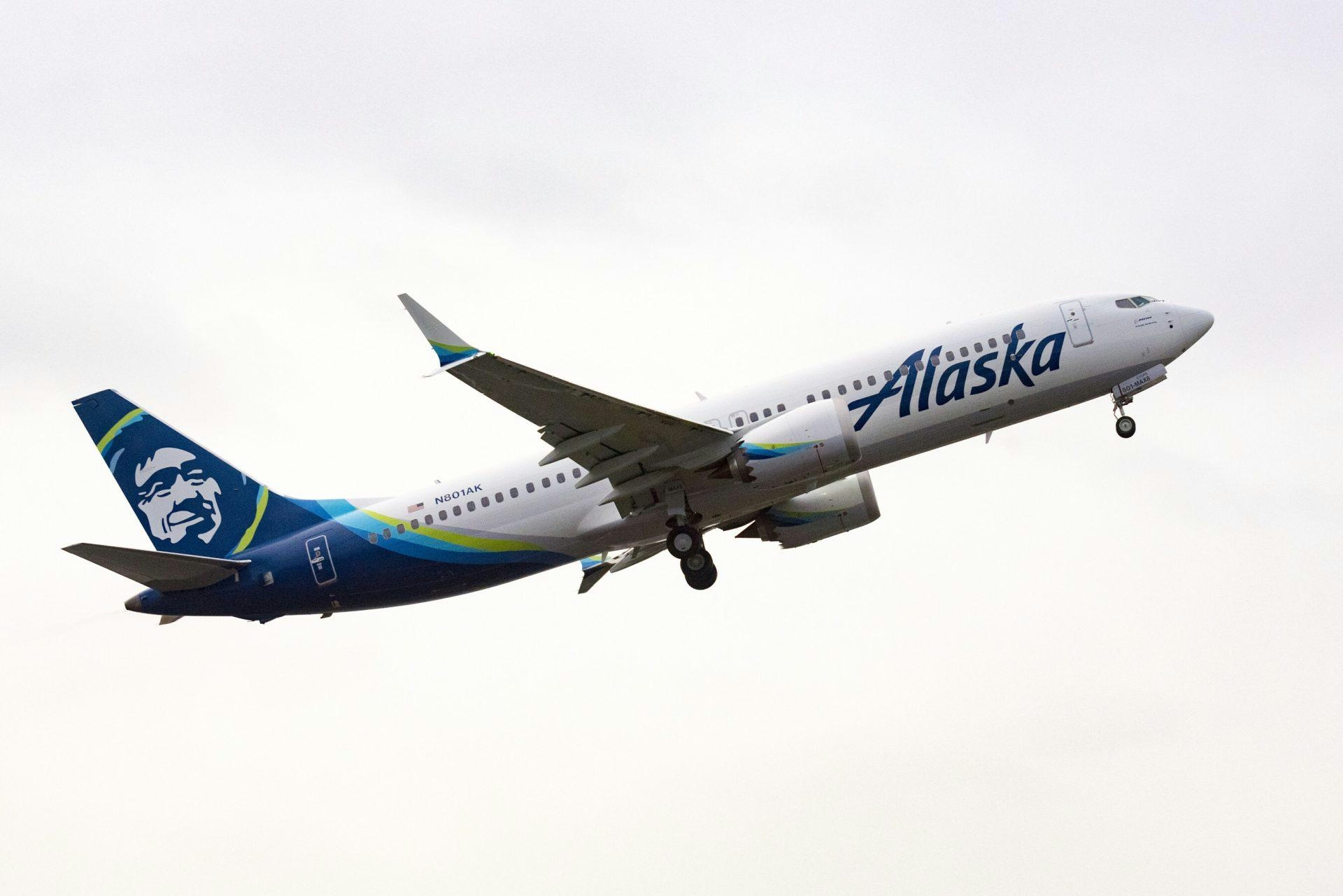
Alaska Airlines Orders Additional Boeing 787 and 737 MAX 10 Jets for Seattle Expansion
Alaska Airlines Expands Fleet with Additional Boeing 787 and 737 MAX 10 Jets
Alaska Airlines has confirmed the exercise of purchase options for five additional Boeing 787-9 Dreamliners, a strategic move to bolster its long-haul fleet amid ongoing integration efforts with Hawaiian Airlines. This development was disclosed by Larry Payne, chair of the Hawaiian Airlines Master Executive Council at the Air Line Pilots Association (ALPA), during a recent Alaska Pilots Podcast and initially reported by The Points Guy.
In conjunction with the Dreamliner order, Alaska Airlines has also committed to acquiring 12 more Boeing 737 MAX 10 aircraft, further enhancing its narrowbody fleet. Although the 737 MAX 10 has yet to receive full certification, Boeing CEO Kelly Ortberg has indicated that certification for the entire 737 MAX family is expected to be completed by the end of 2024.
Fleet Expansion and Integration Strategy
The additional aircraft orders align with Alaska Airlines’ accelerated efforts to integrate its operations with Hawaiian Airlines following their merger. Payne revealed plans to establish a Hawaiian 787 pilot base in Seattle by March 2026, underscoring the airline’s intention to position Seattle-Tacoma International Airport (SEA) as a pivotal hub for expanded long-haul services.
“This is the first phase in what we’re seeing with the company executing on their promise of growth as a result of the merger,” Payne stated. “There’ll be growth on the Hawaiian side as they staff some of these upcoming 787 deliveries out of Seattle.”
According to ch-aviation data, Hawaiian Airlines currently operates a fleet of 75 aircraft, including four Boeing 787-9 Dreamliners, with eight additional Dreamliners previously on order. With Alaska’s latest acquisition, the combined firm commitment for Boeing 787-9s now totals 13. Hawaiian’s broader fleet also comprises Airbus A330s, Boeing 717s, and Airbus A321neos.
Alaska Airlines itself marked a significant milestone in June 2025 by adding its 300th Boeing 737 to the fleet. The carrier operates six variants of the 737 family and maintains a regional fleet of Embraer E175s through its subsidiary, Horizon Air.
Order Book and Delivery Challenges
Alaska Airlines’ current order book includes 13 Boeing 787-9s, 63 Boeing 737 MAX 10s—including the latest 12—and 12 Boeing 737 MAX 8s. Despite these ambitious plans, the airline faces potential challenges due to ongoing supply chain disruptions affecting Boeing’s production schedules. Such delays could impact Alaska’s ability to implement its growth strategy within the anticipated timeframe.
Competitive Dynamics and International Expansion
In a significant expansion of its international network, Alaska Airlines is preparing to launch its inaugural transatlantic route, connecting Seattle to Rome Fiumicino International Airport (FCO) in May 2026. This initiative represents a major step in the airline’s global growth ambitions.
The move has prompted competitive responses, notably from Delta Air Lines, which plans to introduce new Seattle-to-Barcelona and Seattle-to-Rome flights in May 2026 to counter Alaska’s transatlantic expansion. Other carriers are also expected to adjust their route strategies to safeguard market share in the increasingly contested Pacific Northwest region.
As Alaska Airlines advances its fleet and network expansion, it navigates a complex landscape of opportunities and challenges within a rapidly evolving aviation market.
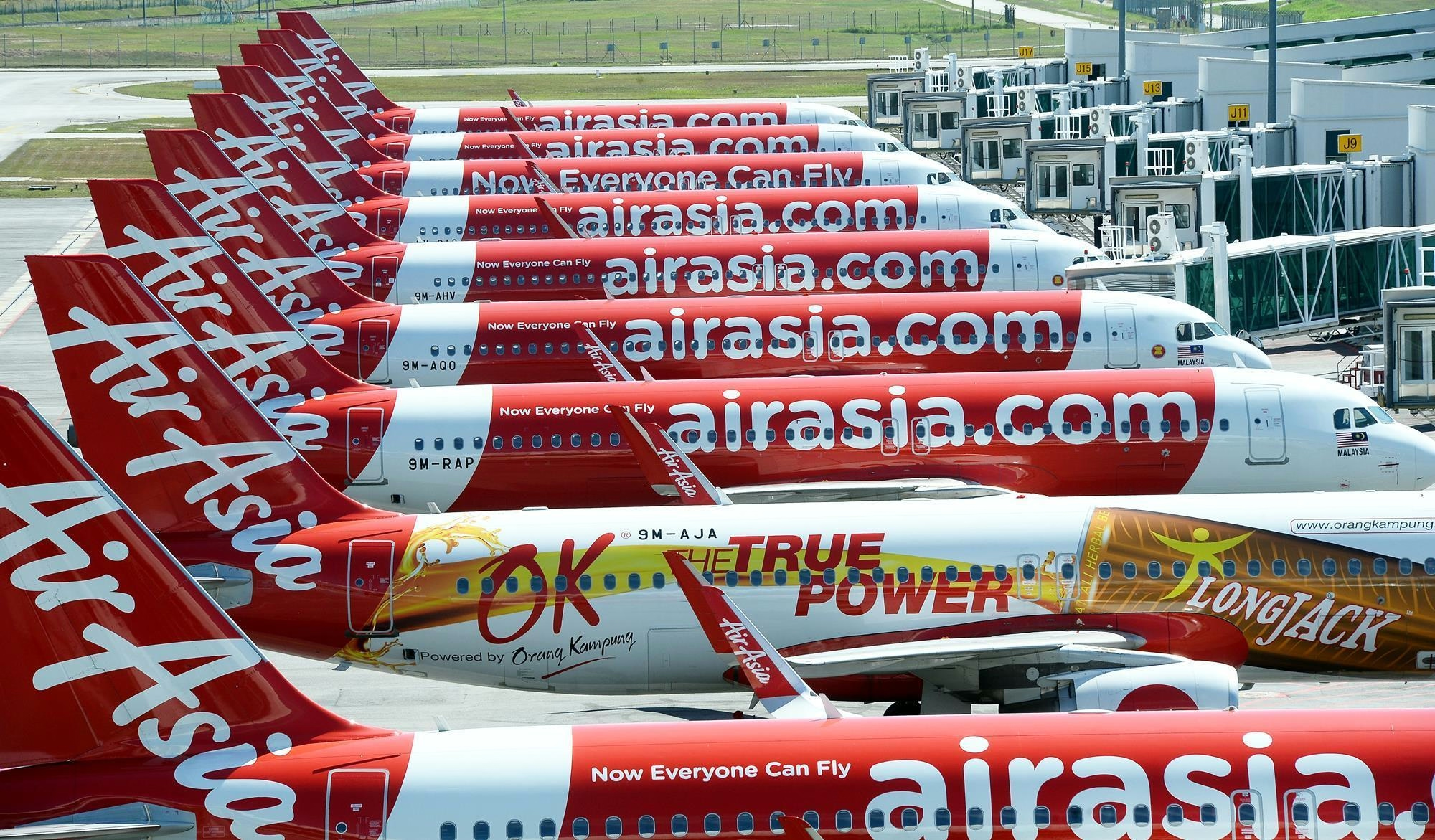
AirAsia Orders 50 Additional A321XLR Aircraft for Long-Haul Expansion
AirAsia Expands Long-Haul Fleet with Order for 50 Additional A321XLR Aircraft
AirAsia has announced a substantial expansion of its long-haul fleet by placing a firm order for 50 additional Airbus A321XLR aircraft. This strategic move highlights the airline’s determination to solidify its presence in the increasingly competitive low-cost, long-haul market.
Strategic Fleet Expansion and Market Positioning
The new order, one of the largest for the A321XLR in the Asia-Pacific region, is designed to support AirAsia’s ambitions to launch new long-distance routes while enhancing capacity on existing services. The A321XLR, renowned for its extended range and fuel efficiency, is expected to enable the airline to connect a broader array of destinations across Asia and beyond. This expansion aims to provide passengers with greater travel flexibility and more affordable options, reinforcing AirAsia’s commitment to accessible long-haul air travel.
Challenges Amid Industry Headwinds
Despite the promising outlook, AirAsia’s expansion occurs against a backdrop of significant operational challenges. The airline must contend with ongoing supply chain disruptions that have affected aircraft deliveries across the aviation industry. Rising fuel costs also continue to exert pressure on profit margins, complicating the financial landscape. Furthermore, the competitive environment is intensifying, with both low-cost carriers and established airlines accelerating their own long-haul growth strategies.
Market Response and Competitive Landscape
Investor reaction to AirAsia’s announcement has been predominantly positive, reflecting confidence in the airline’s long-term growth trajectory. Industry analysts interpret the fleet investment as a clear signal of AirAsia’s commitment to post-pandemic recovery and future network development. Meanwhile, competitors are actively responding to shifting market dynamics. ANA Holdings has recently confirmed orders for a diverse mix of Airbus, Boeing, and Embraer aircraft, indicating its own expansion plans. Riyadh Air has also placed an order for up to 50 Airbus A350-1000s, further intensifying competition within the long-haul segment.
As AirAsia advances with its fleet expansion, the airline faces the challenge of navigating these operational and market pressures to fully capitalize on its long-haul strategy. The additional A321XLR aircraft are poised to play a pivotal role in AirAsia’s efforts to capture a larger share of the growing demand for affordable, long-distance air travel throughout the Asia-Pacific region and beyond.
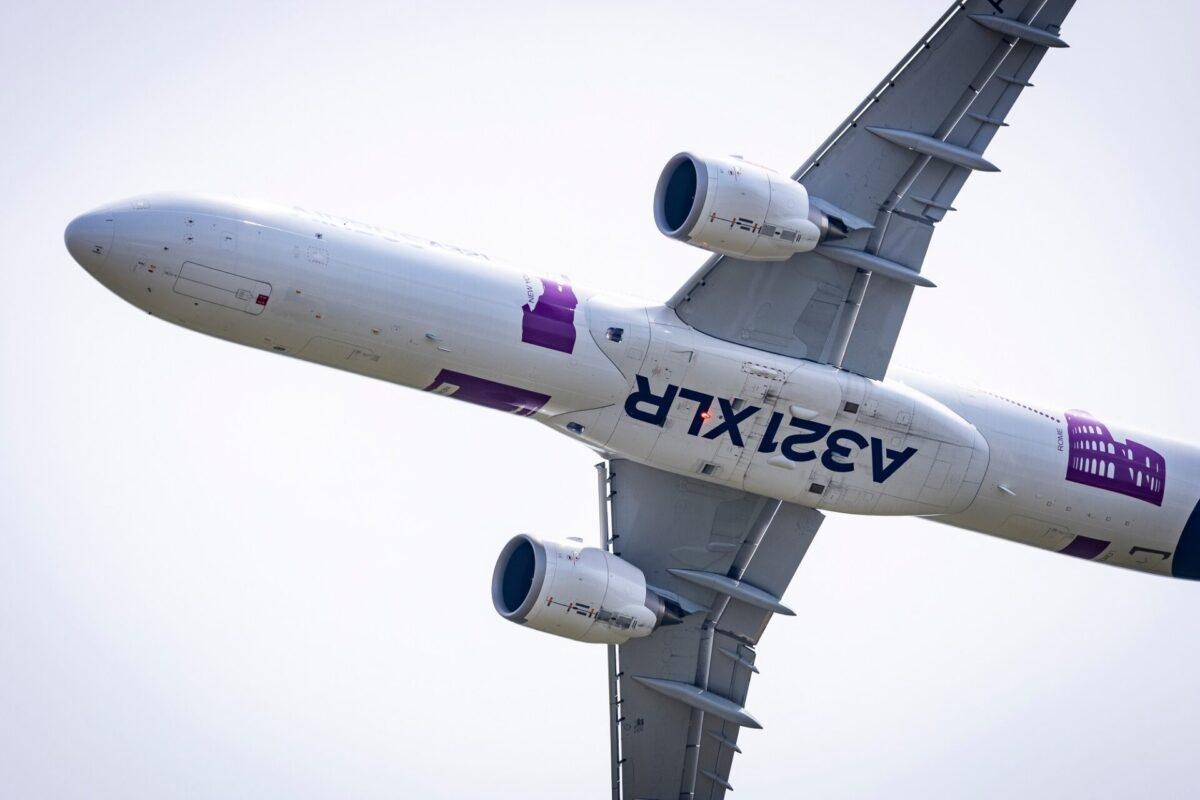
IndiGo A321XLR Delivery Timeline and Potential New Routes
IndiGo’s A321XLR Delivery Timeline and Expansion Strategy
India’s largest low-cost carrier, IndiGo Airlines, is preparing to receive its first Airbus A321XLR aircraft, now anticipated in December 2025. This new addition to the fleet is expected to significantly extend the airline’s international reach, enabling direct flights on longer routes that were previously inaccessible with its narrow-body aircraft. However, industry-wide production and supply chain disruptions pose risks to the delivery schedule, potentially affecting IndiGo’s ambitious global expansion plans.
The A321XLR, boasting a range of approximately 8,700 kilometers, will allow IndiGo to operate nonstop flights from major Indian hubs such as Delhi, Mumbai, and Hyderabad to destinations including Seoul, Athens, and Nairobi. These routes are central to the airline’s growth strategy through 2030, as it currently operates over 2,200 daily flights to more than 140 destinations across Asia, Europe, and Africa. IndiGo has placed an order for 69 A321XLRs, aiming to strengthen its presence in Europe, Northeast Asia, and East Africa.
CEO Pieter Elbers has described the A321XLR as a critical link between the airline’s existing A321neo fleet and its forthcoming long-haul Airbus A350 services, scheduled to commence in 2027. The extended range of the XLR model, which adds up to two hours of additional flying time, will open new markets such as Denpasar, Athens, and Nairobi, while reinforcing IndiGo’s foothold in established international sectors.
Challenges and Competitive Landscape
Despite these promising developments, IndiGo faces significant challenges. Delays in aircraft production and supply chains threaten to slow the introduction of the A321XLR, potentially postponing the launch of new long-haul routes and the planned rollout of business class services. These uncertainties have elicited mixed responses from investors, with some expressing concern over the impact on the airline’s expansion timeline, while others remain confident in IndiGo’s long-term growth prospects.
Competition is intensifying, notably from carriers such as Aegean Airlines, which is reportedly considering India for its initial A321LR routes. This emerging rivalry could affect key markets that IndiGo is targeting with its expanded fleet.
In response, IndiGo is advancing a multi-hub strategy designed to optimize fleet utilization and operational efficiency. Mumbai is positioned as the gateway to West Asia, Delhi will focus on Central Asia, and Hyderabad will support niche domestic and regional routes. This approach is intended to sustain and enhance the airline’s long-haul services.
To further strengthen its international network, IndiGo has established partnerships with major global airlines including Delta, Air France-KLM, Virgin Atlantic, and Japan Airlines. These alliances, facilitated through codeshare agreements, will extend IndiGo’s connectivity to over 30 cities across Europe and North America. Additionally, the airline has increased its order for wide-body Airbus A350s and plans to introduce Boeing 787 aircraft, diversifying its fleet and enabling direct service to high-demand long-haul destinations.
Leveraging India’s strategic geographic location—where 65% of the world’s population is within a five to six-hour flight—IndiGo aims to reduce dependence on foreign hubs and develop a self-reliant medium- and long-haul network. While supply chain delays present tangible obstacles, the airline remains focused on transforming its international connectivity and establishing itself as a globally competitive carrier.
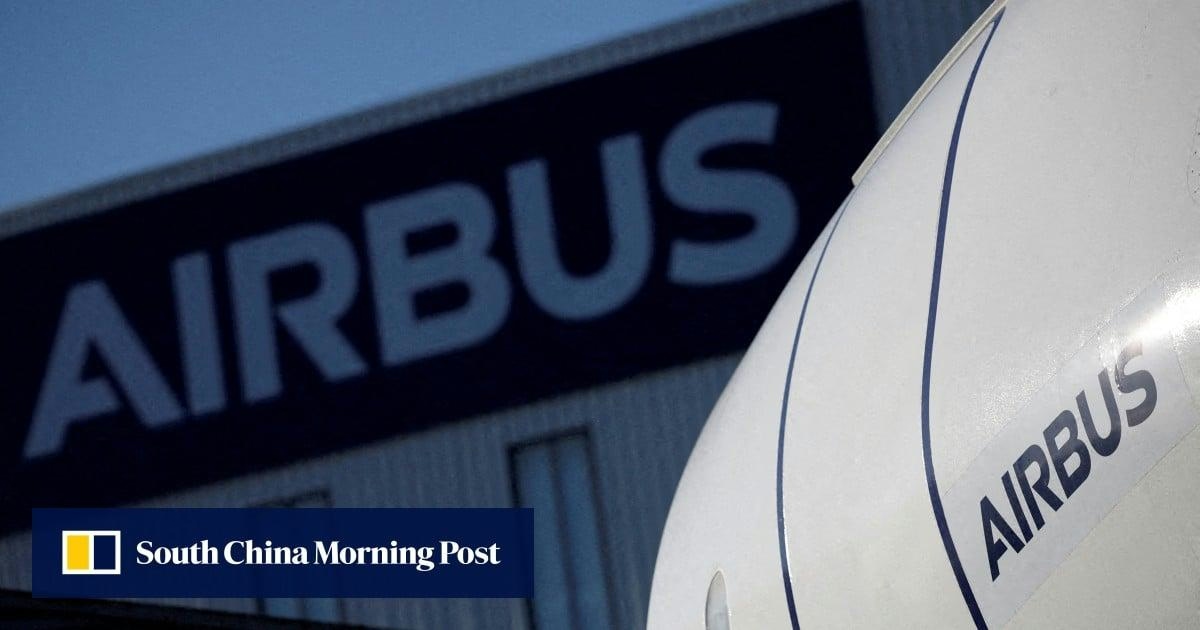
China edges closer to Airbus mega-deal, leaving Boeing out in the cold: analysts
China Nears Major Airbus Deal Amid Boeing’s Decline in Chinese Market
China is reportedly on the verge of finalizing a substantial aircraft order with European aerospace leader Airbus, potentially acquiring between 100 and 200 new jets. This development would further solidify Europe’s position as China’s preferred supplier of commercial aircraft, despite the continued reliance of some Chinese airlines on American manufacturer Boeing.
Shifting Dynamics in China’s Aviation Sector
Boeing, which once held a dominant position in the Chinese market, has not secured a significant order from China since 2017. This prolonged absence coincides with escalating trade tensions between Beijing and Washington, compounded by a series of challenges for the US company. These include labor strikes, financial setbacks, and high-profile accidents such as the recent Air India crash involving a Boeing 787 Dreamliner, which resulted in at least 270 fatalities.
Industry analysts suggest that China’s potential Airbus order could inflict a serious blow to Boeing’s market share as the country’s aviation sector continues to grow rapidly. Airbus’s European base may provide logistical and diplomatic advantages for Chinese buyers increasingly cautious of geopolitical risks and safety concerns associated with US suppliers. Concurrently, China is advancing production of its domestically developed Comac C919 passenger jet, further diversifying its fleet away from American manufacturers.
Brian Yang Bo, an aviation industry veteran and independent consultant, noted, “Buying from Airbus makes a lot of sense now, both commercially and diplomatically. But carriers with Boeing-only fleets are caught on the back foot.”
Market Implications and Future Prospects
The market has already reacted to the news, with Airbus shares rising amid expectations of increased orders. Conversely, Boeing’s position could deteriorate further if it remains excluded from China’s recent aircraft procurement activities. Some analysts argue that Boeing may need to renegotiate terms or explore alternative markets to compensate for the potential loss of Chinese business.
As China moves closer to securing a landmark deal with Airbus, the divide between the two aerospace giants in the Chinese market appears set to widen, presenting Boeing with mounting challenges in one of the world’s most vital aviation arenas.
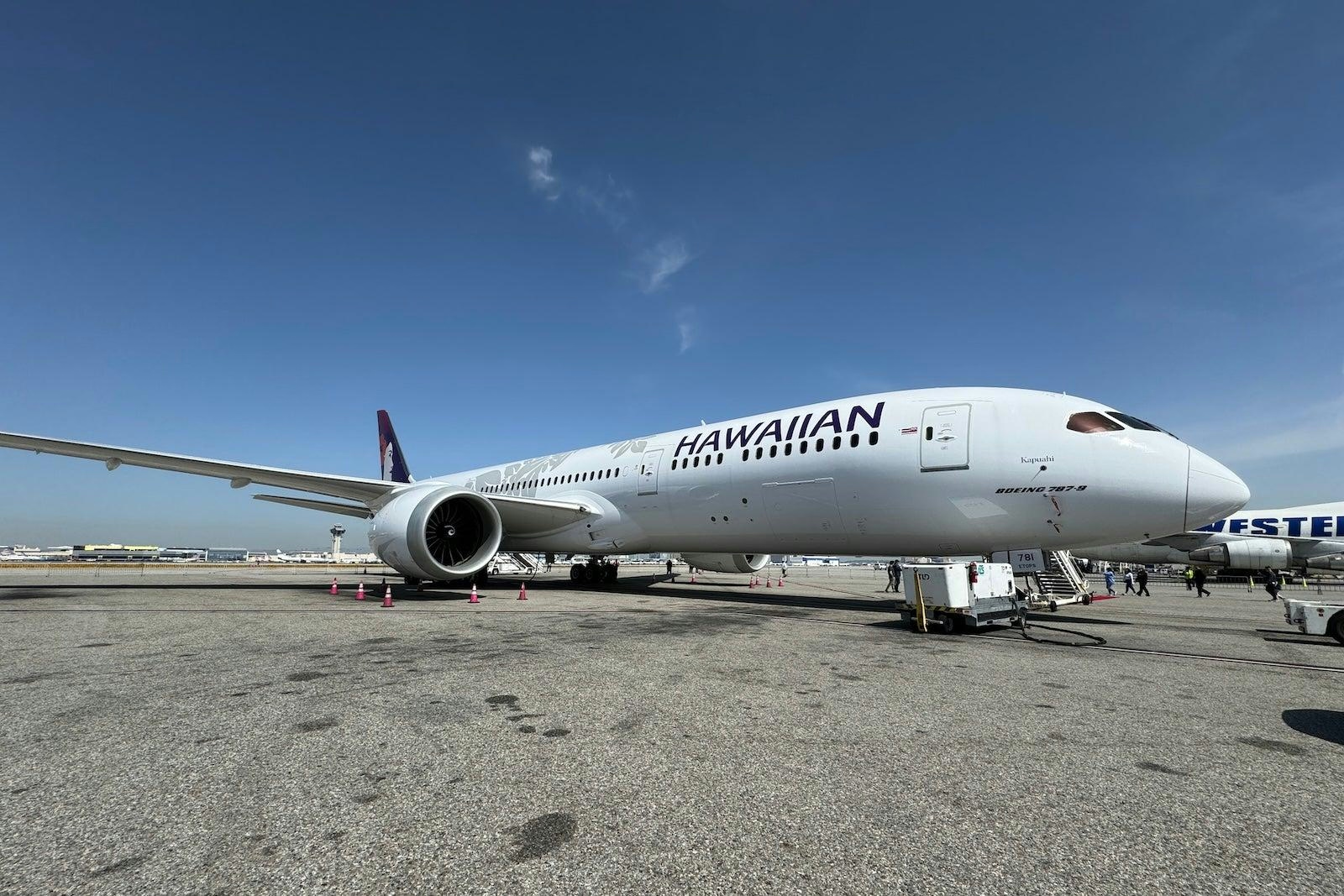
Alaska Airlines Orders Additional Boeing 787s, Plans Dreamliner Base in Seattle
Alaska Airlines Expands Boeing 787 Fleet and Establishes Dreamliner Base in Seattle
Alaska Airlines is intensifying its long-haul expansion from Seattle-Tacoma International Airport (SEA) with an order for five additional Boeing 787-9 Dreamliners. The Seattle-based Oneworld carrier has exercised purchase rights for these aircraft from the Hawaiian Airlines orderbook, as confirmed by Larry Payne, chair of the Hawaiian Airlines Master Executive Council at the Air Line Pilots Association (ALPA), during the Alaska Pilots Podcast. This acquisition increases Alaska’s firm commitments for the 787-9 to 13, supplementing the four already in its fleet as of March 2024. In addition to the Dreamliners, Alaska has also exercised options for 12 more Boeing 737 MAX 10s and plans to open a Hawaiian 787 pilot base in Seattle by March 2026.
Strategic Growth Following Hawaiian Merger
These fleet developments reflect Alaska’s broader strategy following its merger with Hawaiian Airlines, which was finalized in September 2024. Alaska’s management has emphasized that Hawaiian’s 787s will play a pivotal role in connecting Seattle with international destinations. The airline inaugurated its first long-haul flight from Seattle in May, operated by Hawaiian using an Airbus A330, to Tokyo Narita. Service to Seoul’s Incheon International Airport is scheduled to commence on September 12, with flights to Rome Fiumicino—the first European destination jointly served by Alaska and Hawaiian—planned for May 2026. Hawaiian will operate the Seoul route with an A330 and the Rome route with a 787, introducing Alaska’s new flagship international experience.
Navigating a Crowded Market
Alaska’s expansion occurs amid intensifying competition at SEA. The airline aims to operate at least 12 long-haul intercontinental routes from Seattle by the end of the decade, but this ambition faces challenges from market saturation and direct rivalry. Delta Air Lines, Alaska’s largest competitor in Seattle, has responded promptly to Alaska’s transatlantic plans. Shortly after Alaska announced its Rome service, Delta revealed nonstop flights from Seattle to Rome and Barcelona, both launching in May 2026. With an established long-haul base in Seattle and existing flights to Asia and Europe, Delta is well-positioned to counter Alaska’s international growth.
Delta’s expansion represents a strategic effort to maintain its market dominance in Seattle as Alaska broadens its global footprint. While Alaska remains the largest carrier in the Puget Sound region and a favored hometown brand, it now confronts a more crowded and competitive international market.
Looking Ahead
As Alaska Airlines expands its Dreamliner fleet and prepares to establish a 787 base in Seattle, the airline is placing significant emphasis on enhanced global connectivity to drive its next phase of growth. However, with major competitors like Delta increasing their international offerings from Seattle, Alaska’s long-haul ambitions will face considerable tests from evolving market dynamics and heightened competition.
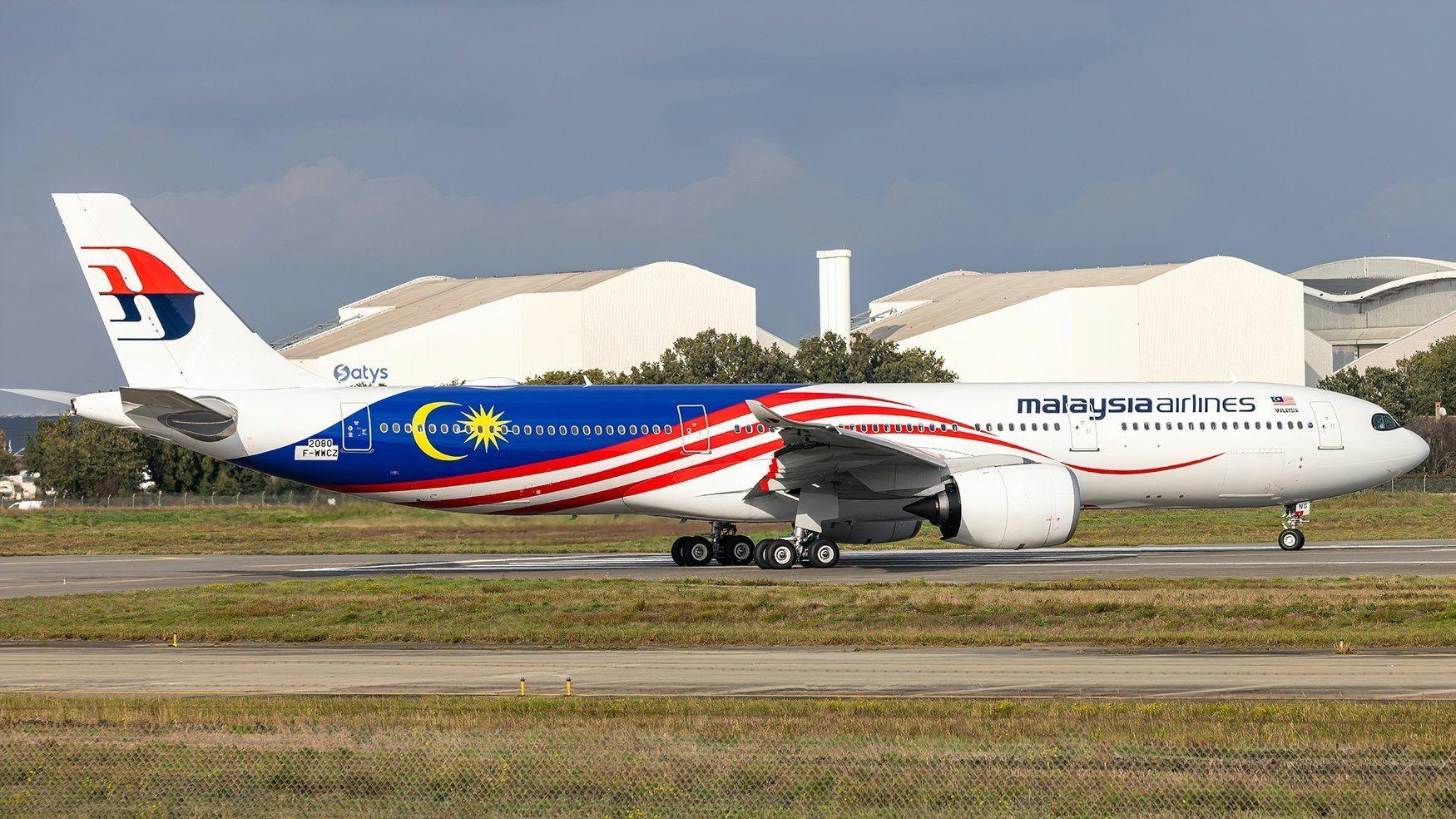
Malaysia Aviation Group Expected to Confirm Airbus A330neo Order During Anwar’s Paris Visit
Malaysia Aviation Group Set to Confirm Airbus A330neo Order During Anwar’s Paris Visit
Strategic Fleet Expansion
Malaysia Aviation Group (MAG), the parent company of Malaysia Airlines, is expected to finalize a significant order for additional Airbus A330neo long-haul aircraft during Prime Minister Datuk Seri Anwar Ibrahim’s forthcoming visit to Paris, according to industry insiders. This anticipated confirmation represents a pivotal advancement in MAG’s ongoing fleet renewal strategy. In 2022, the group placed an order for 20 A330neo jets and secured options for an additional 20. MAG’s Managing Director, Datuk Captain Izham Ismail, recently indicated that the company is actively considering exercising these options, potentially expanding its fleet by another 20 A330neos.
Following this potential acquisition, MAG is likely to conduct a competitive evaluation among leading aircraft manufacturers—including Airbus, Boeing, and Embraer—for larger widebody aircraft such as the Airbus A350, Boeing 787, or Boeing 777X. This approach reflects the group’s commitment to modernizing its fleet with a mix of efficient, long-range aircraft tailored to its operational needs.
Operational and Market Considerations
Although none of the manufacturers involved have publicly commented on the prospective deal, industry analysts highlight the A330neo’s operational efficiency and established performance record as key factors enhancing its appeal. Airlines such as Virgin Atlantic have demonstrated the aircraft’s reliability and cost-effectiveness on long-haul routes. Airbus has recently upgraded the A330neo’s capabilities, including an increased maximum take-off weight, further bolstering its suitability for extended operations.
Nonetheless, finalizing the order entails significant challenges. MAG must secure substantial financial resources and ensure the smooth integration of new aircraft into its existing operations. This transition demands meticulous planning to uphold service reliability and operational efficiency during the fleet expansion.
Market sentiment toward the potential order is expected to be favorable, mirroring broader optimism within the aviation sector. Leading manufacturers, including Boeing, Airbus, and Embraer, have expressed confidence in sustained growth in the airliner market, indicating a competitive yet robust environment for new aircraft acquisitions.
If confirmed during Prime Minister Anwar’s visit to Paris, the deal will underscore Malaysia’s dedication to modernizing its national carrier’s fleet and enhancing its competitiveness in the increasingly challenging long-haul aviation market.
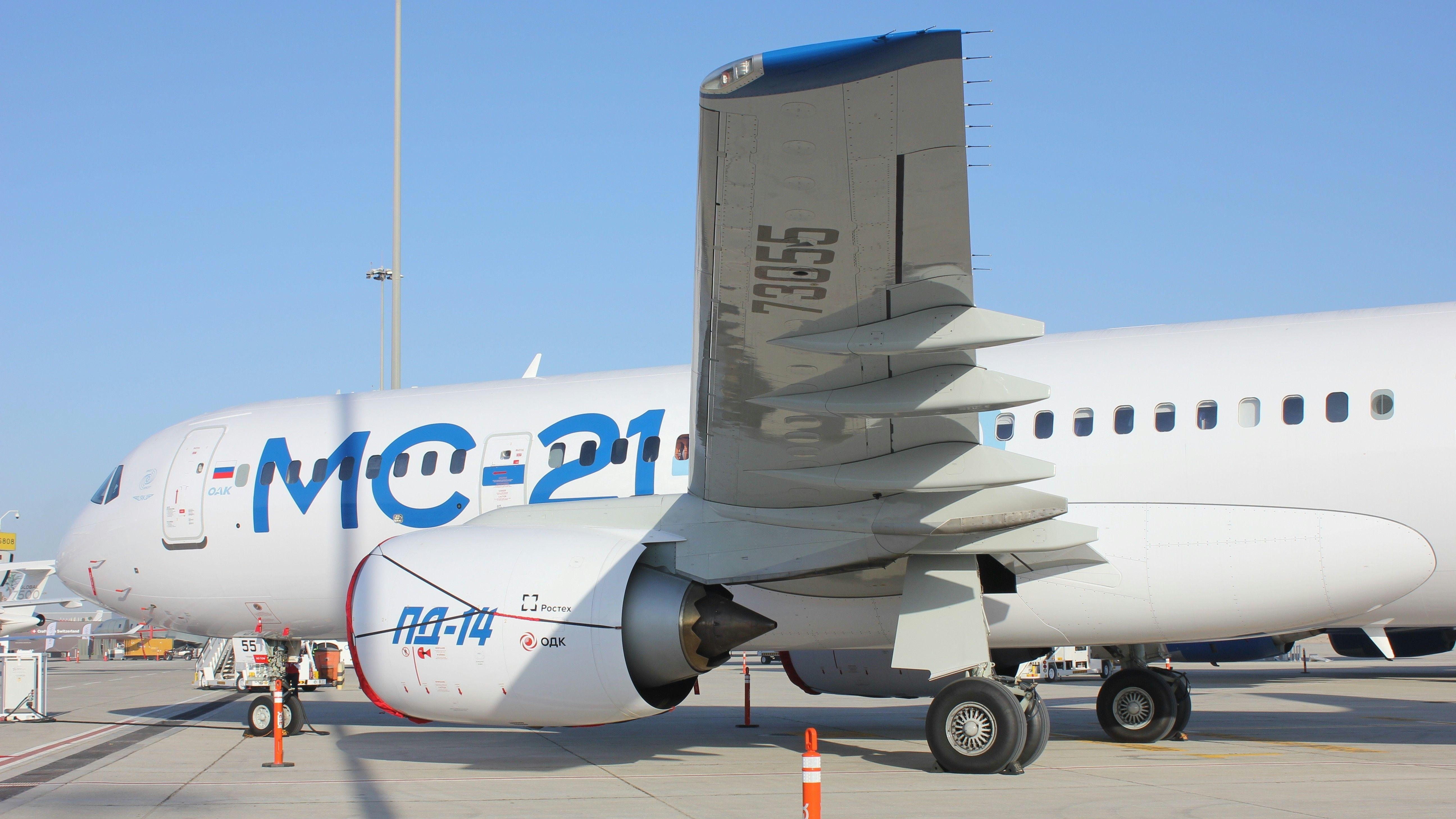
Rising Costs Challenge Russia’s Push for Aviation Self-Sufficiency
Rising Costs Challenge Russia’s Push for Aviation Self-Sufficiency
Russia’s commercial aviation sector is confronting significant challenges as it strives to achieve self-sufficiency amid ongoing Western sanctions. Prior to 2022, Russian airlines depended heavily on Boeing and Airbus aircraft, which constituted approximately 70 to 80 percent of their fleets. However, following the invasion of Ukraine, sweeping sanctions were imposed, severing access to spare parts and new aircraft. This disruption has led to a sharp increase in domestic aerospace prices, with Russian-made aircraft costs rising by 45 to 70 percent over the past two years, according to *The Moscow Times*.
The sanctions have not only inflated costs but also severely impaired Russia’s production capabilities. The Institute for the Study of War highlights that the industry is struggling with labor shortages and difficulties in sourcing critical components, which have further delayed aircraft production. While the defense sector has shown some resilience—evidenced by the recent delivery of new Su-35S Flanker-M fighter jets—the broader ambition of achieving aviation self-sufficiency remains beset by economic and logistical challenges.
Domestic Aircraft Struggle to Fill the Gap
Efforts to replace Western aircraft with domestically produced models have encountered numerous technical and safety obstacles. The Sukhoi Superjet 100 (SJ-100), Russia’s primary regional jet, has endured a troubled operational history marked by several incidents, including a fatal crash in May 2019. That accident, involving an Aeroflot Superjet that crash-landed in Moscow and caught fire, resulted in 41 fatalities. Although the SJ-100 now operates with Russian-made engines, concerns persist regarding its safety record and operational costs.
In response to rising expenses, Rostec, the state-owned industrial conglomerate, is collaborating with government agencies to provide financial support to carriers. There is cautious optimism that scaling up production could eventually reduce prices. Nevertheless, experts such as Andrey Patrakov, founder of the flight safety service RunAvia, caution that operational costs are likely to remain elevated for the foreseeable future.
The MC-21: Russia’s Answer to the Boeing 737
The MC-21 is positioned as Russia’s flagship narrowbody aircraft, designed to compete with the Boeing 737 and Airbus A320. However, the program has experienced significant cost escalations, with the price rising from 4.3 billion rubles (approximately $55 million) to 7.6 billion rubles (around $96 million), according to *Izvestia*. Initially developed with Western engines and avionics, the MC-21 has been reconfigured to incorporate Russian-made PD-14 engines and domestic systems. Despite these adaptations, the aircraft has yet to reach production readiness, and certification processes have been slow. The United Aircraft Corporation (UAC), which manages the project, now anticipates production will commence in 2026, but no MC-21 jets have entered active service to date.
Coping with Sanctions and Uncertain Prospects
To maintain operational fleets, Russian airlines have reportedly circumvented sanctions by importing aircraft parts valued at an estimated 1 billion euros since 2022. While this strategy has provided temporary relief, it is widely regarded as unsustainable in the long term. As Russia continues its pursuit of aviation self-sufficiency, the combination of rising costs, disrupted supply chains, and persistent production difficulties suggests that the industry’s path forward will remain fraught with challenges. Despite isolated successes within the defense sector, the commercial aviation industry faces enduring obstacles that threaten to undermine its ambitions for independence.
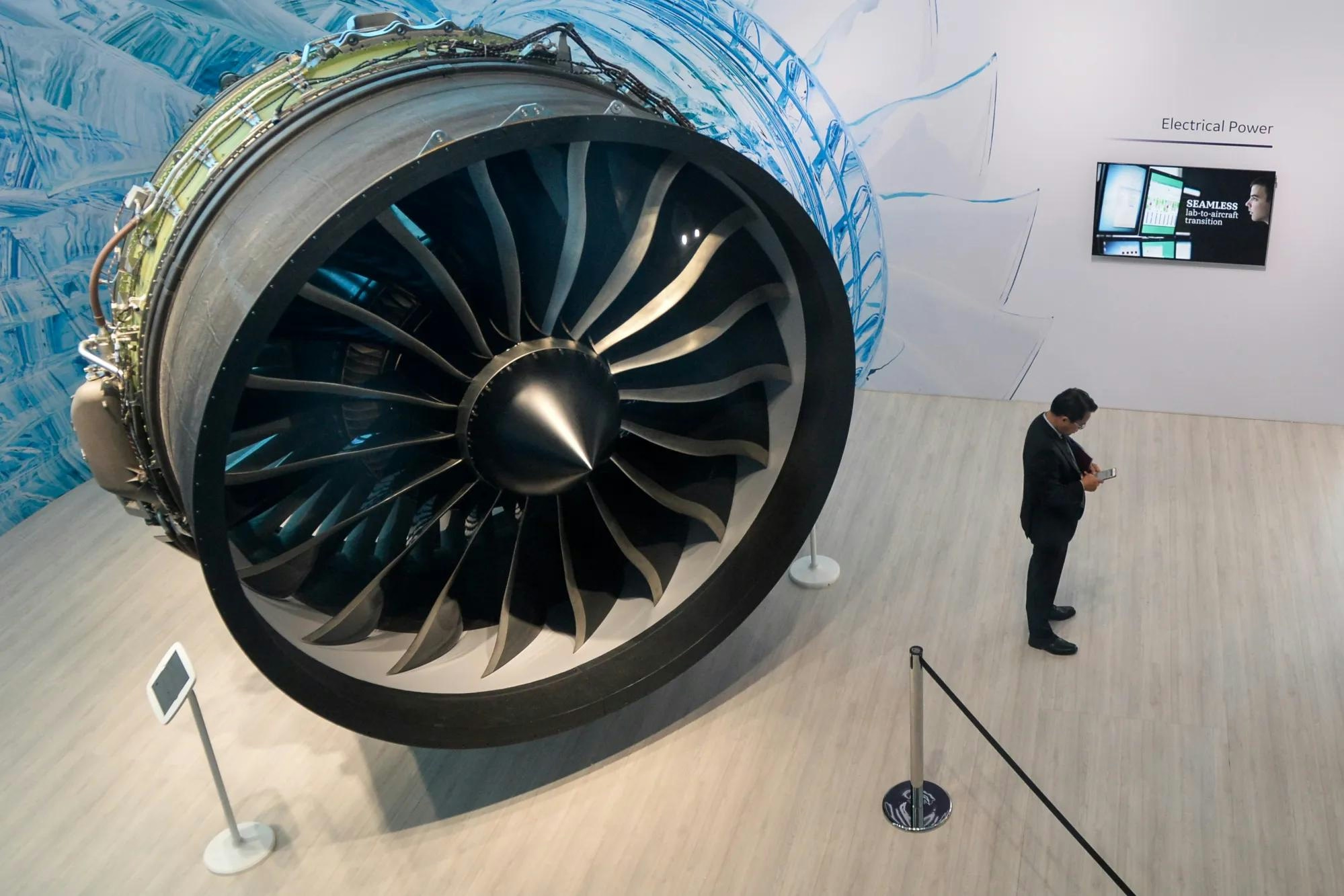
US to Lift Engine Export Restrictions to Chinese Aircraft Maker COMAC
US to Lift Engine Export Restrictions on Chinese Aircraft Maker COMAC
The United States government has announced the removal of export restrictions on General Electric (GE) engines destined for the Chinese aircraft manufacturer COMAC. This policy reversal, reported by Reuters, signals a possible easing of trade tensions between Washington and Beijing. The decision permits GE Aerospace to resume shipments of CF34 engines for the C909 and CFM International LEAP-1C engines for the C919, COMAC’s flagship narrow-body jet.
Background and Implications for the Aerospace Industry
The export embargo was originally imposed as a retaliatory measure following China’s restrictions on rare earth material exports, effectively halting the delivery of critical engine components to COMAC. Lifting the ban is expected to benefit GE Aerospace by allowing it to regain access to a significant segment of the Chinese aviation market. However, this development may also provoke competitive responses from established aerospace giants such as Airbus and Boeing, who are likely to intensify efforts to counter COMAC’s expanding international footprint.
Market reactions to this policy shift will be influenced by broader economic factors, including ongoing trade negotiations between the US and China and the potential ramifications for global aerospace supply chains. While the move could enhance commercial ties, it also raises important questions about the future competitive landscape of the global aviation sector.
Industry Context and Future Prospects
Neither COMAC nor General Electric has officially confirmed the resumption of engine deliveries, and both declined to comment when approached by ch-aviation. CFM International, the manufacturer of both the CF34 and LEAP-1C engines, is a joint venture equally owned by GE of the United States and France’s Safran Aircraft Engines. Headquartered in Cincinnati, Ohio, CFM produces engines in facilities located in both the US and France.
Although COMAC assembles its C909 and C919 aircraft domestically in China, many critical components, including engines, continue to be sourced from American and European suppliers. Concurrently, China’s state-owned Aero Engine Corporation is developing the CJ-1000A, a domestically produced engine expected to serve as an alternative powerplant for the C919 in the future.
The US decision to lift export restrictions represents a significant milestone in the evolving global aerospace industry, with far-reaching implications for competition, supply chain dynamics, and the broader trajectory of US-China trade relations.
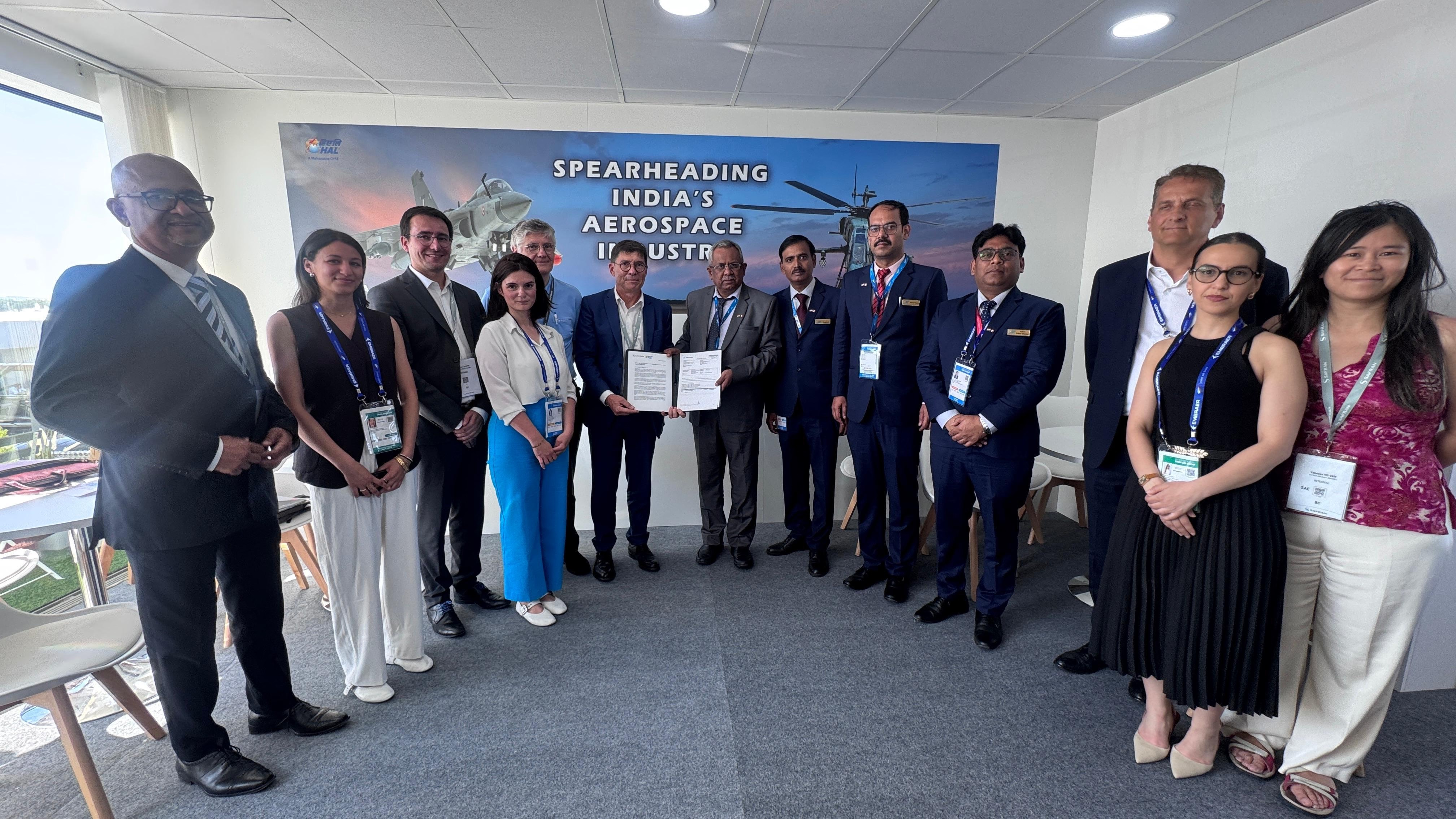
HAL and Safran Expand Partnership to Produce Forged Parts for LEAP Engines
HAL and Safran Expand Partnership to Produce Forged Parts for LEAP Engines
Strengthening Industrial Collaboration in Aerospace Manufacturing
Hindustan Aeronautics Limited (HAL) and France’s Safran Aircraft Engines have formalized a significant industrial agreement to jointly manufacture forged rotating parts for the LEAP engine program. This development represents a major advancement for India’s aerospace manufacturing capabilities and aligns closely with the government’s “Make in India” initiative. The agreement was signed at the 55th Paris Air Show by HAL’s General Manager Abdul Salam and Safran’s Vice President of Purchasing Dominique Dupuy, building upon a Memorandum of Understanding inked in October 2023 and a subsequent contract finalized in February 2025.
Under the terms of the agreement, HAL will produce high-performance Inconel components—critical for the durability and performance of jet engines—at its state-of-the-art Ring Rolling facility in Bengaluru. Dr. D K Sunil, Chairman and Managing Director of HAL, emphasized the significance of this collaboration, stating, “We are proud to expand our long-standing partnership with Safran and develop our expertise in forging Inconel parts for the LEAP program.”
Technological Advancements and Market Implications
The LEAP engine, developed by CFM International—a joint venture between Safran Aircraft Engines and GE Aerospace—powers next-generation single-aisle aircraft such as the Airbus A320neo and Boeing 737 MAX. With global air travel, particularly in India, experiencing rapid growth, this partnership aims to accelerate LEAP engine production to meet increasing airline demand. The collaboration also marks a technological milestone for HAL, as it advances near-net Ring Forging technology, essential for manufacturing aerospace-grade components that demand exceptional precision, strength, and heat resistance.
Both companies intend to deepen their cooperation by developing additional technologies for other engine components, supporting a broader strategy of indigenization and advanced manufacturing within India. However, the partnership must navigate several challenges, including the integration of manufacturing processes, complex supply chain logistics, and stringent quality control standards required for aerospace components. Overcoming these obstacles will be crucial to fully realizing the benefits of this collaboration.
Market analysts have responded positively to the announcement, noting increased investor confidence in the partnership’s ability to meet the growing production demands of the LEAP engine program. At the same time, competitors are expected to intensify efforts to develop similar forged parts or alternative engine technologies to maintain their positions in the global aerospace market.
Dominique Dupuy of Safran highlighted the strategic importance of the collaboration, stating, “We are pleased to extend our collaboration with HAL, a key player in the Indian aerospace industry. This cooperation is part of our roadmap to diversify production sourcing and strengthen our industrial footprint in India, supporting both domestic air traffic growth and future military requirements.”
Building a Comprehensive Aerospace Ecosystem in India
This agreement reflects a broader ambition to establish a comprehensive aerospace ecosystem within India, catering to both domestic and international aviation programs. Safran, which already operates multiple facilities in the country, continues to regard India as a strategic partner for industrial growth and innovation. As India’s aviation sector continues its rapid expansion, strategic collaborations such as this between HAL and Safran are poised to play a pivotal role in positioning the nation as a global aerospace hub, delivering high-precision, high-performance components for commercial and defense applications alike.
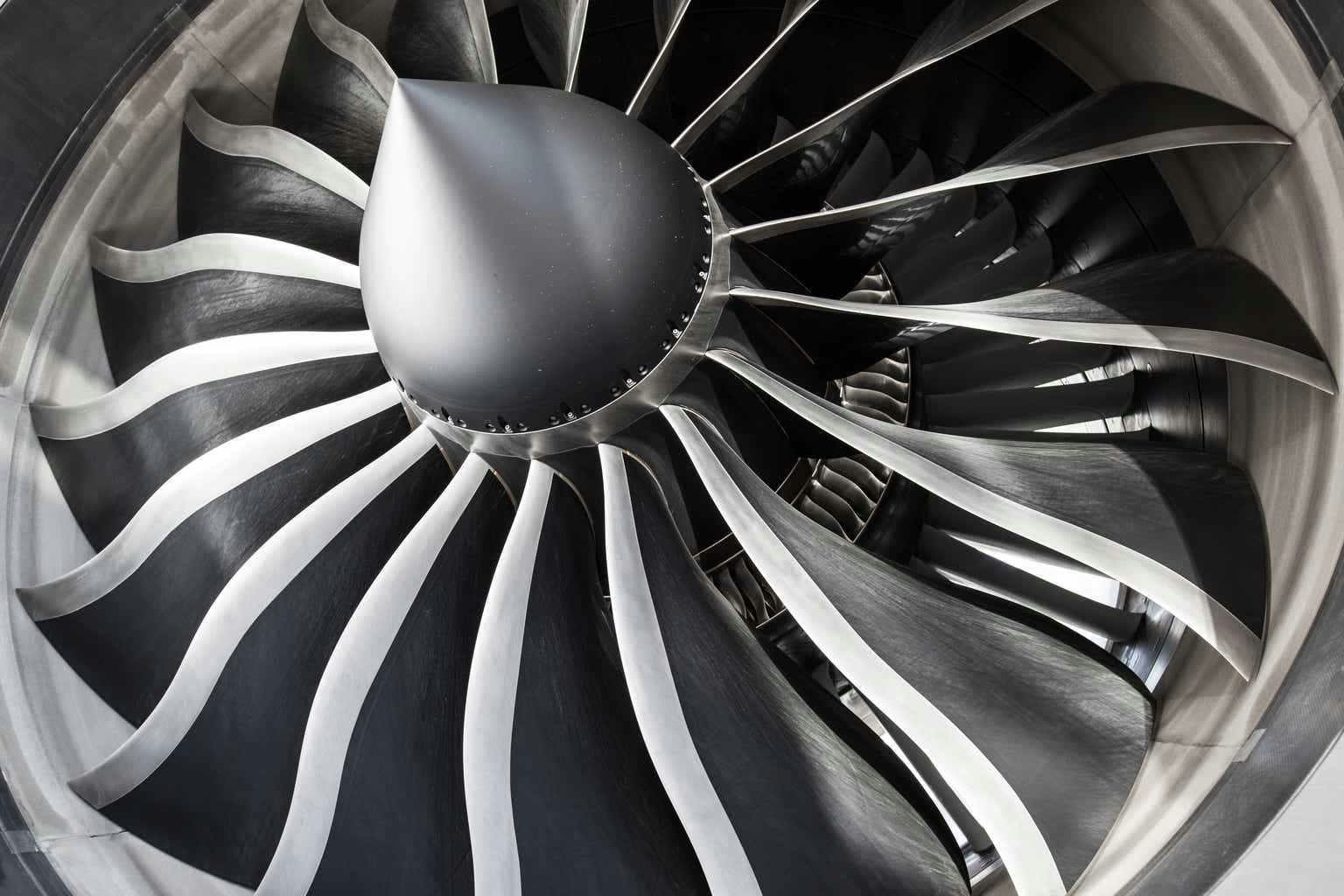
Regulators Warned Air India Express About Delays in Airbus Engine Repairs
Regulators Warn Air India Express Over Delays in Airbus Engine Repairs
Compliance Failures and Regulatory Reprimand
India’s aviation regulator formally reprimanded Air India Express in March for failing to replace critical engine components on an Airbus A320 within the deadline mandated by the European Union Aviation Safety Agency (EASA). According to a confidential government memo reviewed by Reuters, the Directorate General of Civil Aviation (DGCA) also accused the airline of falsifying maintenance records to falsely indicate compliance with the directive.
Air India Express, the low-cost subsidiary of Air India, acknowledged the delay to the DGCA and stated that it had implemented “remedial action and preventive measures.” The airline attributed the missed deadline to complications arising from the migration of records within its maintenance monitoring software. While it claimed the issue was resolved promptly after discovery, the airline did not provide specific compliance dates nor directly address the DGCA’s allegation regarding the alteration of maintenance records.
Background on EASA Directive and Safety Concerns
The EASA directive, issued in 2023, required airlines operating CFM International LEAP-1A engines to replace certain components, including engine seals and rotating parts, due to identified manufacturing defects. The agency warned that failure to comply could lead to engine part failure, debris release, and potential loss of aircraft control. The DGCA memo highlighted that Air India Express did not complete the required modifications on the VT-ATD aircraft within the stipulated timeframe. Furthermore, the airline’s Aircraft Maintenance and Engineering Operating System (AMOS) records appeared to have been altered to suggest compliance where none existed.
This incident predates the June crash of a Boeing Dreamliner in Ahmedabad, which resulted in the deaths of 241 of the 242 people onboard, and has intensified regulatory scrutiny of Air India and its subsidiaries. In addition to the engine repair delays, the DGCA has issued warnings to Air India this year for operating three Airbus aircraft with overdue escape slide checks and, in June, cited “serious violations” of pilot duty time regulations.
Implications for Air India Express and the Indian Aviation Sector
These regulatory challenges come at a critical juncture for Air India Express, which operates a fleet of over 115 aircraft serving more than 50 destinations with approximately 500 daily flights. The increased oversight could lead to operational disruptions and potential financial penalties, while also undermining passenger confidence. Competitors such as IndiGo, which primarily operates Airbus aircraft, may seek to leverage the situation to their advantage. Meanwhile, Boeing, which supplies Air India’s long-haul fleet, could experience shifts in market dynamics as the airline navigates these challenges.
In response to Reuters’ report, the EASA confirmed it would investigate the matter further. The DGCA memo underscored that the lapse “indicates that the accountable manager has failed to ensure quality control.” Air India Express stated it had taken “necessary administrative actions” following the DGCA’s March memo but did not provide further details. Flight tracking data indicates that the VT-ATD aircraft typically operates on domestic routes as well as international destinations such as Dubai and Muscat.
As investigations continue, Air India and its subsidiaries face mounting pressure to restore regulatory compliance and rebuild passenger trust amid intensifying competition in India’s rapidly expanding aviation market.
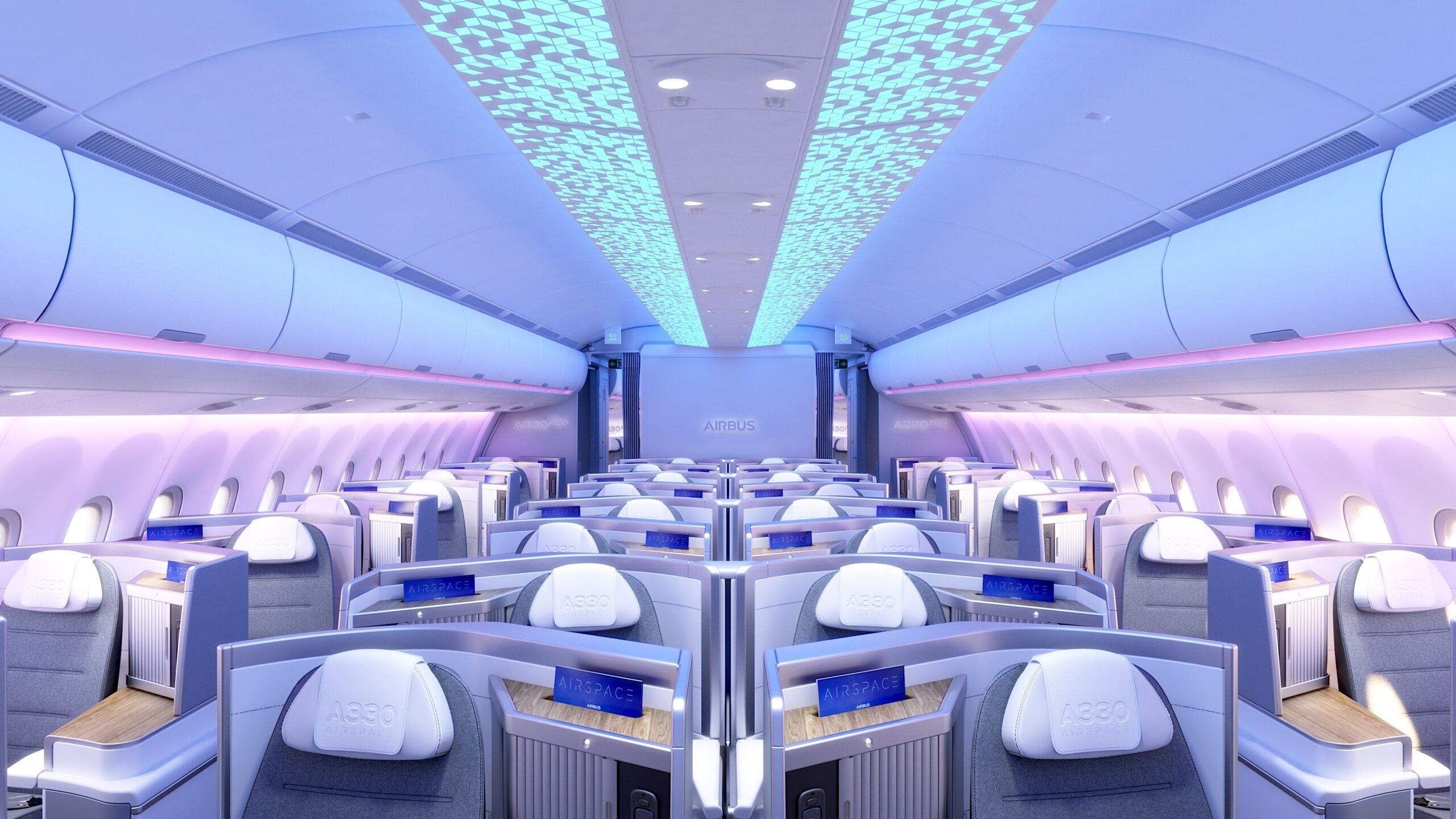
Airbus Announces Longer Version of A330neo
Airbus Announces Longer Version of A330neo with Enhanced Capabilities
Airbus has announced a significant upgrade to its A330neo widebody aircraft, introducing a longer version with increased maximum takeoff weight (MTOW) for both the A330-900 and A330-800 variants. The European aerospace manufacturer revealed at a recent industry event that the MTOW for the A330-900 will rise from 251 to 257 tons, with a similar increase planned for the A330-800. This enhancement is expected to be implemented by mid-2026.
Performance Improvements and Market Impact
While the six-ton increase in MTOW may seem modest, it offers substantial benefits in terms of range, payload capacity, and operational flexibility. Airlines will be able to operate longer routes or carry additional passengers and cargo without compromising efficiency. This upgrade responds directly to airline demands for aircraft capable of ultra-long-haul flights, heavy freight missions, and operations in challenging environments such as airports with high temperatures or elevations.
Since its introduction in 2018, the A330neo has established itself as a cost-effective and fuel-efficient option for long-haul travel. Equipped with Rolls-Royce Trent 7000 engines and featuring aerodynamic enhancements over its predecessor, the A330ceo, the A330neo achieves up to 25% fuel savings per seat. Its lower acquisition cost compared to the Boeing 787 has made it particularly attractive to carriers seeking a balance between operational efficiency and budget constraints.
The MTOW increase further strengthens Airbus’s competitive position against Boeing’s 787 Dreamliner, especially in markets where incremental improvements in payload and range are critical. The A330neo already offers advantages in list price and operating costs, and the enhanced performance will make it an even more compelling choice for airlines operating demanding routes, particularly in Southeast Asia and the Middle East.
Market Reception and Industry Challenges
The aircraft’s growing appeal is reflected in recent market activity. Vietjet has doubled its order, adding 20 more A330-900s to support its expanding international network. Other carriers, including Malaysia Airlines, Thai Airways, and Etihad, are expected to benefit from the MTOW increase on high-demand routes across the Asia-Pacific and Gulf regions.
However, Airbus faces potential challenges amid ongoing trade tensions between the European Union and the United States. These disputes could affect orders from certain carriers, such as Spirit Airlines, which may reconsider or delay purchases of the A320neo family as a consequence.
Despite these uncertainties, Airbus continues to enhance A330neo production through automated assembly processes and the use of lighter materials, maintaining the aircraft’s efficiency and cost competitiveness. The A330neo is also certified to operate with up to 50% sustainable aviation fuel (SAF), aligning with the industry’s broader commitment to greener operations.
With these developments, Airbus aims to meet evolving airline requirements and sustain the A330neo’s position in the global widebody market.
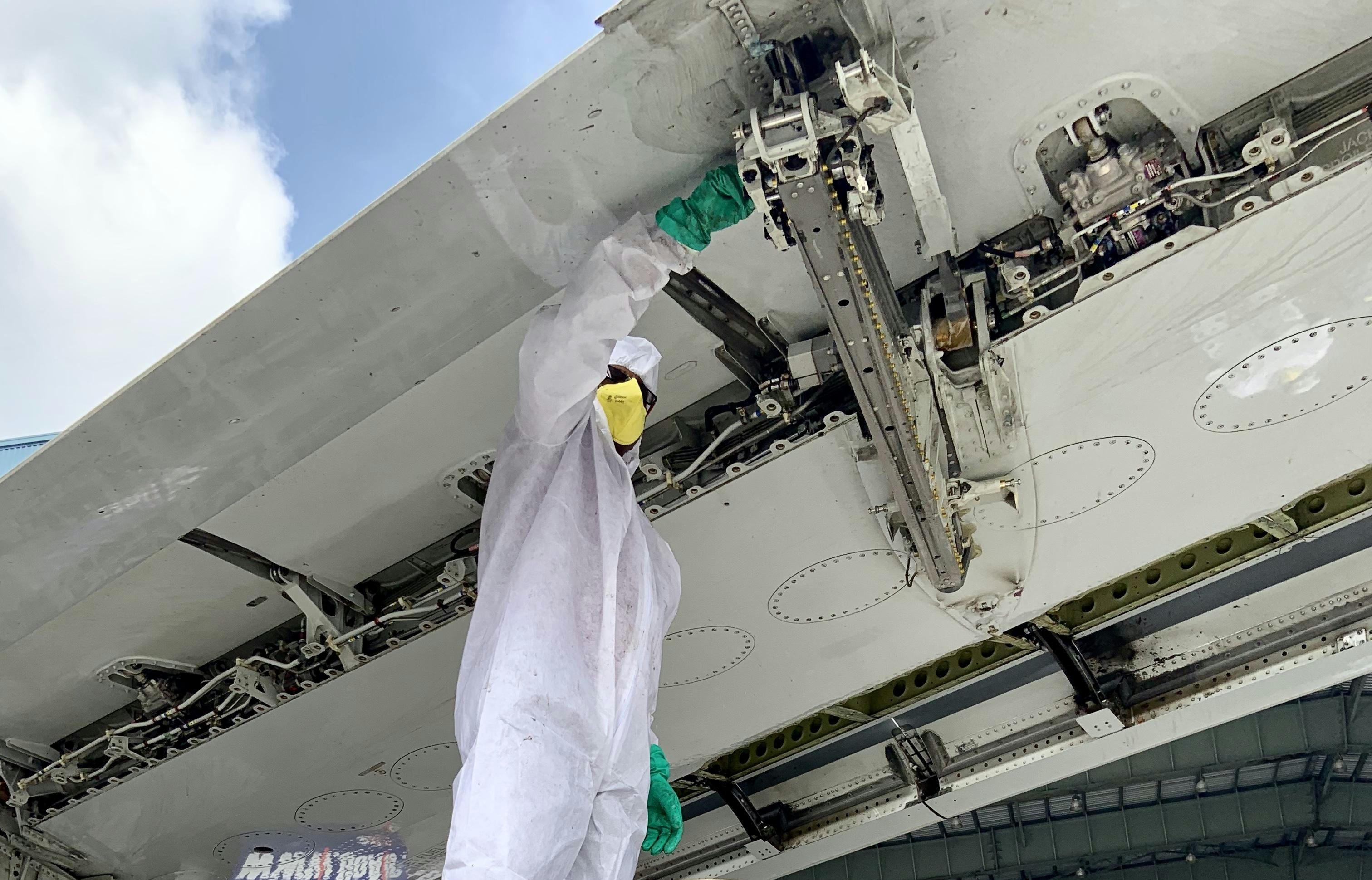
Challenges in India’s MRO Industry: Safety, Skills, and Self-Reliance
Challenges in India’s MRO Industry: Safety, Skills, and Self-Reliance
India’s Maintenance, Repair, and Overhaul (MRO) industry stands at a critical crossroads, confronting a complex array of challenges as it seeks to enhance safety standards, bridge a widening skills gap, and advance the nation’s goal of aviation self-reliance. Despite significant government-led reforms aimed at bolstering domestic capabilities and aligning the sector with international benchmarks, persistent obstacles continue to impede the industry’s growth trajectory.
Policy Reforms and Industry Incentives
The foundation for growth in India’s MRO sector has been established through key policy initiatives such as the National Civil Aviation Policy of 2016 and the MRO Policy introduced in 2021. These frameworks have introduced a range of incentives designed to stimulate investment and expansion within the domestic market. Notably, the reduction of the Goods and Services Tax (GST) on domestic MRO services from 18% to 5%, the removal of customs duties on critical tools and spare parts, and the allowance of 100% foreign direct investment (FDI) through the automatic route have collectively enhanced the attractiveness of the sector. Additionally, the 2021 policy eliminated royalty charges imposed by the Airports Authority of India and simplified land allotment procedures for new MRO facilities. Together, these measures aim to create a more conducive environment for both domestic and international players to develop robust MRO operations in India.
Safety Concerns and Regulatory Scrutiny
Despite these policy advancements, safety remains a paramount concern within the industry. Recent aviation incidents, including investigations into the Air India crash, have brought to light the urgent necessity for stringent safety protocols and the adoption of advanced maintenance practices. Further scrutiny has emerged from the Federal Aviation Administration’s (FAA) evacuation study, which exposed deficiencies in regulatory compliance and safety standards. As Indian airlines expand their fleets and increase flight operations, the demand for dependable, high-quality MRO services has intensified. This escalation underscores the critical importance of operational safety and rigorous quality assurance to prevent accidents and maintain public confidence in the aviation sector.
Skills Gap and Workforce Readiness
A significant impediment to the industry’s progress is the acute shortage of skilled technicians and engineers. According to the Aon 2025 APAC skills report, the rapid expansion of India’s aviation sector has outpaced the availability of qualified professionals, creating a substantial workforce gap. This deficiency poses risks not only to safety standards but also to the industry’s capacity for sustainable growth. Efforts to establish India as the “manufacturing skills capital,” as noted by The Global Kashmir, highlight the imperative of cultivating a resilient and adaptable workforce. In response, MRO companies and competitors are intensifying investments in comprehensive training programs and forging partnerships with educational institutions to develop a steady pipeline of skilled talent capable of meeting the sector’s evolving demands.
Pursuing Aviation Self-Reliance
India’s strategic push for aviation self-reliance is reshaping the MRO landscape by emphasizing the development of indigenous manufacturing capabilities and reducing dependence on foreign expertise and imported components. This shift is driving both domestic and international stakeholders to invest in technological innovation and workforce development to maintain competitiveness. The pursuit of self-sufficiency aligns with broader national objectives aimed at strengthening India’s position within the global aviation market, fostering a more autonomous and resilient industry ecosystem.
Market Dynamics and Outlook
The evolving market dynamics reflect the interplay of these challenges and opportunities. Airlines are increasingly relying on domestic MRO providers to improve safety outcomes, reduce aircraft turnaround times, and lower operational costs. In turn, MRO firms are channeling resources into advanced technologies and workforce enhancement initiatives to meet growing demand while adhering to stringent safety and quality standards. Although government policies have laid a solid foundation for growth, the future of India’s MRO industry will depend heavily on its ability to effectively address safety concerns, close the skills gap, and realize the vision of greater self-reliance. Progress in these areas will be essential for positioning India as a leading global hub for aviation maintenance and repair.
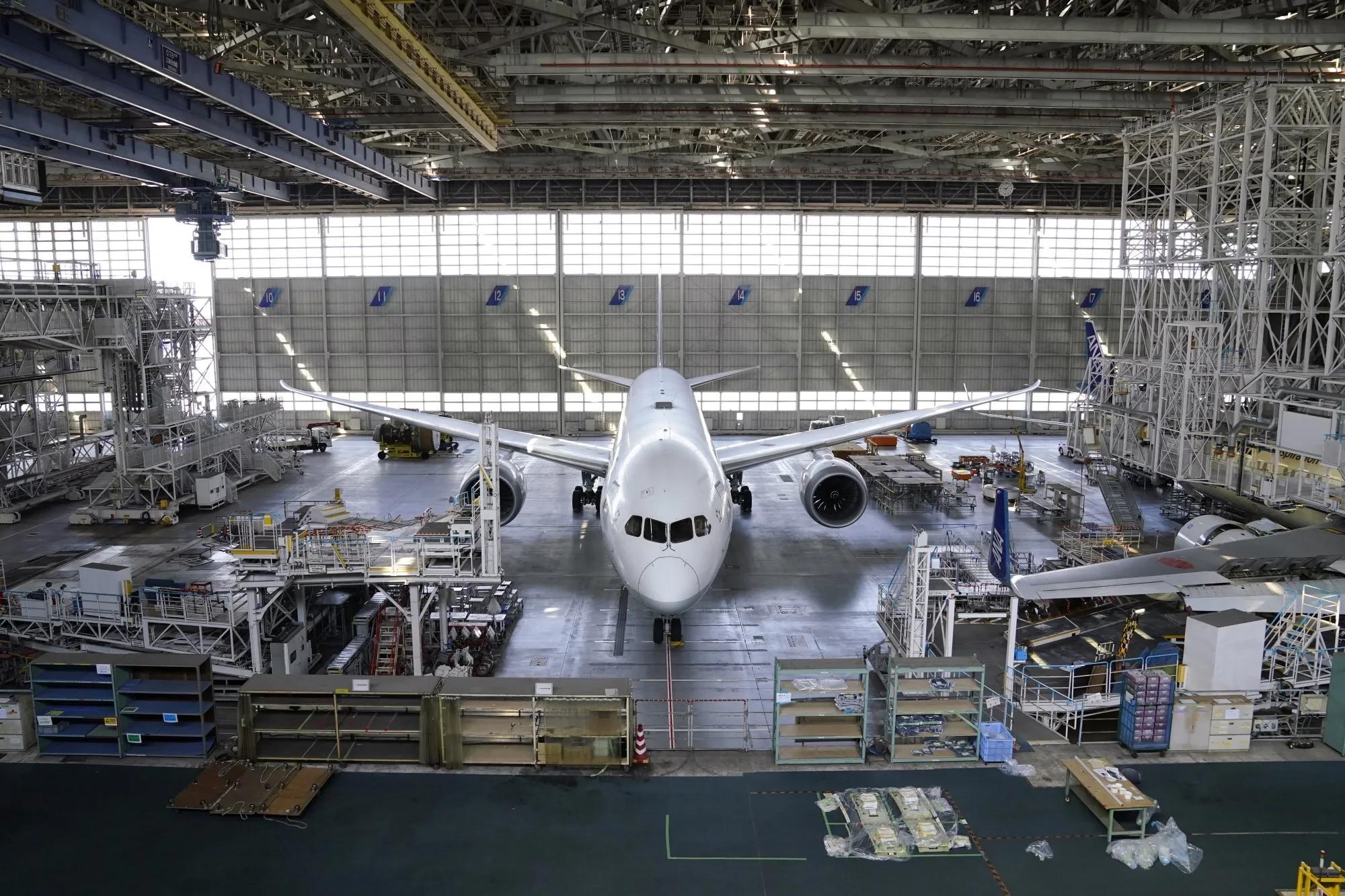
FAA Mandates Inspections of Boeing 787 Over Water Leak Concerns
FAA Mandates Inspections of Boeing 787 Over Water Leak Concerns
The Federal Aviation Administration (FAA) has issued a directive requiring comprehensive inspections of Boeing 787 Dreamliner aircraft following reports of water leaks that could potentially compromise the safety and integrity of the planes. This move comes after several operators reported incidents where water intrusion was detected in critical areas of the aircraft, raising concerns about corrosion and electrical system malfunctions.
Details of the Inspection Directive
The FAA’s Airworthiness Directive mandates that all operators of the Boeing 787 conduct thorough examinations of the aircraft’s fuselage and associated systems to identify any signs of water ingress. The inspections are to focus on areas around the aircraft’s windows, doors, and other structural joints where seals may have deteriorated or failed. The agency emphasized the importance of timely compliance to prevent any escalation of damage that could affect flight safety.
Boeing has acknowledged the issue and is collaborating closely with the FAA and airlines to address the problem. The manufacturer has indicated that it will provide updated maintenance guidelines and support to ensure that the inspections are carried out effectively. Airlines operating the 787 have been advised to prioritize these inspections during routine maintenance schedules.
Implications for Airlines and Passengers
While no incidents directly linked to the water leaks have resulted in accidents or injuries, the FAA’s directive underscores the critical nature of the issue. Airlines may experience temporary disruptions as aircraft undergo the required inspections and any necessary repairs. Passengers are advised to stay informed through their carriers regarding any potential changes to flight schedules.
The FAA continues to monitor the situation closely and has pledged to take further action if additional risks are identified. This directive reflects the agency’s commitment to maintaining the highest standards of aviation safety and ensuring that emerging issues are addressed promptly.
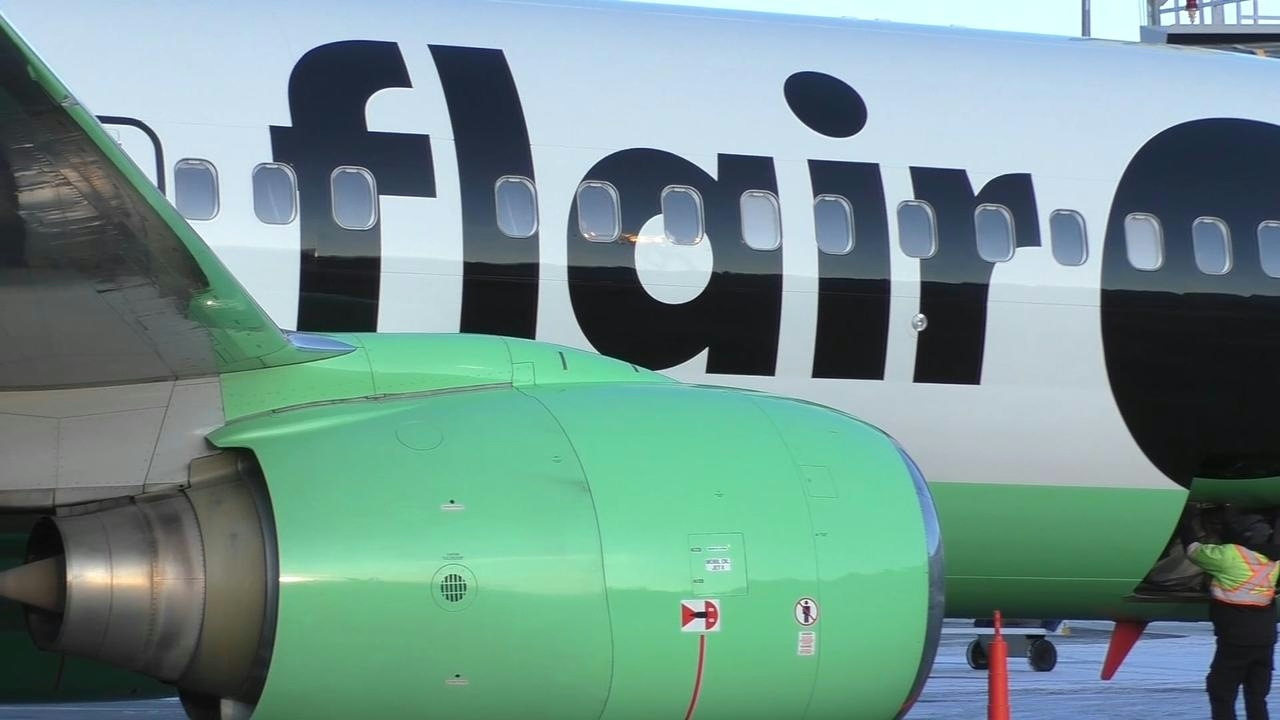
Aircraft Lessors Sue Flair Airlines Over 2023 Plane Seizures
Aircraft Lessors Initiate $30.9-Million Lawsuit Against Flair Airlines Over 2023 Aircraft Repossessions
In a significant escalation of a legal dispute that has captured industry attention, four Irish aircraft leasing companies have filed a $30.9-million counterclaim against Canadian carrier Flair Airlines. The lawsuit arises from the repossession of four Boeing 737 aircraft in March 2023, a move that Flair previously challenged as unlawful and “draconian.”
Background of the Dispute
The lessors—Columbia Lights Aviation, Corvus Lights Aviation, Mam Aircraft Leasing, and Airborne Capital—lodged their counterclaim in Ontario Superior Court as part of their defence against an earlier $50-million lawsuit initiated by Flair Airlines. Flair’s original suit accused the lessors of breaching contract terms by seizing the planes. In response, the lessors contend that Flair repeatedly failed to meet its financial obligations under the lease agreements, with outstanding payments reaching as high as $3.5 million at the time of repossession.
According to the lessors’ statement of defence, Flair ignored multiple default notices and missed monthly payments between September 2022 and March 2023, with arrears fluctuating between $1.8 million and $3.5 million. The lessors assert that they incurred substantial costs related to repossessing, repairing, and subsequently re-leasing or selling the aircraft. They are seeking damages to cover lost rental income, maintenance, marketing expenses, and taxes.
Details of the Repossession and Legal Arguments
The repossession occurred on March 11, 2023, when agents representing the leasing companies took control of the aircraft at airports in Toronto, Waterloo, and Edmonton. At the time, Flair’s then-CEO Stephen Jones acknowledged delays in lease payments following a challenging winter period but estimated the amount owed to be closer to $1 million.
The lessors reject Flair’s allegations that they induced the airline to breach its contracts or conspired to transfer the aircraft to other operators at inflated rates. They maintain that the lease agreements explicitly granted them the right to repossess the planes in the event of default.
Industry Implications and Legal Context
This high-profile case underscores the growing complexities and risks inherent in aircraft leasing arrangements. It has prompted increased scrutiny within the aviation sector, with competitors and market participants reevaluating their approaches to mitigate financial exposure related to aircraft repossessions.
Recent judicial decisions, including rulings favoring insurers compensating for seized aircraft, are reshaping the legal and commercial landscape. These developments are influencing negotiations between lessors and airlines and highlight the evolving nature of aircraft leasing, where legal outcomes carry significant consequences for all parties involved.
Flair Airlines has not yet responded to requests for comment. Further updates will be provided as the case advances.

CIASL Initiates ₹50 Crore MRO Hangar Project to Develop Kochi as Aviation Hub
CIASL Launches ₹50 Crore MRO Hangar Project to Develop Kochi as an Aviation Hub
Cochin International Aviation Services Limited (CIASL) has unveiled a ₹50 crore project aimed at establishing Kochi as a premier aircraft maintenance hub in India. The initiative, inaugurated with a stone-laying ceremony led by CIASL Chairman S. Suhas, involves the construction of the company’s third Maintenance, Repair, and Overhaul (MRO) hangar alongside a covered parking facility at Cochin International Airport.
Expanding Infrastructure to Meet Diverse Aviation Needs
The new hangar, covering 53,800 square feet, is expected to be completed within eight months and will be situated adjacent to the forthcoming CIASL Business Park. Unlike conventional MRO facilities that primarily service narrow-body commercial aircraft, this hangar is designed to accommodate a broader range of aircraft, including business jets, helicopters, and seaplanes. This reflects the evolving dynamics of India’s aviation sector. The facility will also feature 7,000 square feet of dedicated office and workshop space, equipped with advanced component repair and non-destructive testing capabilities.
In addition to the hangar, the project introduces Kerala’s first covered aircraft parking facility, spanning 3.5 lakh square feet and capable of housing up to 13 narrow-body aircraft. This infrastructure is critical for protecting valuable aircraft from the region’s monsoon rains, heat, and corrosive coastal winds, while also enhancing privacy and security for corporate and charter operations.
Strategic Significance and Competitive Landscape
Currently, India’s major MRO hubs are concentrated in Nagpur, Hyderabad, and Kolkata. Many Indian airlines continue to send aircraft abroad for maintenance, primarily to Singapore, the UAE, and Sri Lanka, resulting in substantial foreign exchange outflows. CIASL’s expansion seeks to reverse this trend by providing a competitive, high-quality domestic alternative, positioning Kochi as a key MRO destination for both Indian and international carriers.
“This hangar is part of our mission to establish a complete aviation ecosystem in Kerala,” stated S. Suhas, Chairman of CIASL. “It supports our goal of self-sufficiency in aircraft maintenance, brings foreign exchange earnings, and creates high-skilled jobs for the state.”
Despite the promising outlook, CIASL faces increasing competition within the Indian MRO sector. New entrants such as Inavia Aviation, which plans a facility in Bhopal with notable logistical advantages, may challenge market share. Existing providers in the region are also likely to respond with expansions or service enhancements. The success of the Kochi project will depend not only on its physical infrastructure but also on its capacity to integrate advanced digitization solutions—such as those offered by Ramco Systems—to efficiently manage complex MRO operations.
“We aim to complete construction in eight months. This third hangar, with its enhanced capacity and unique covered parking, will deliver unparalleled services to airlines. We are also preparing for a second phase of development worth ₹150 crore,” said Santosh J. Poovattil, Managing Director of CIASL.
As India’s aviation sector continues to grow, CIASL’s investment in Kochi is expected to attract increased interest from airlines seeking regional maintenance solutions, while setting new standards for quality and innovation in the country’s MRO landscape.
_Published on July 4, 2025_
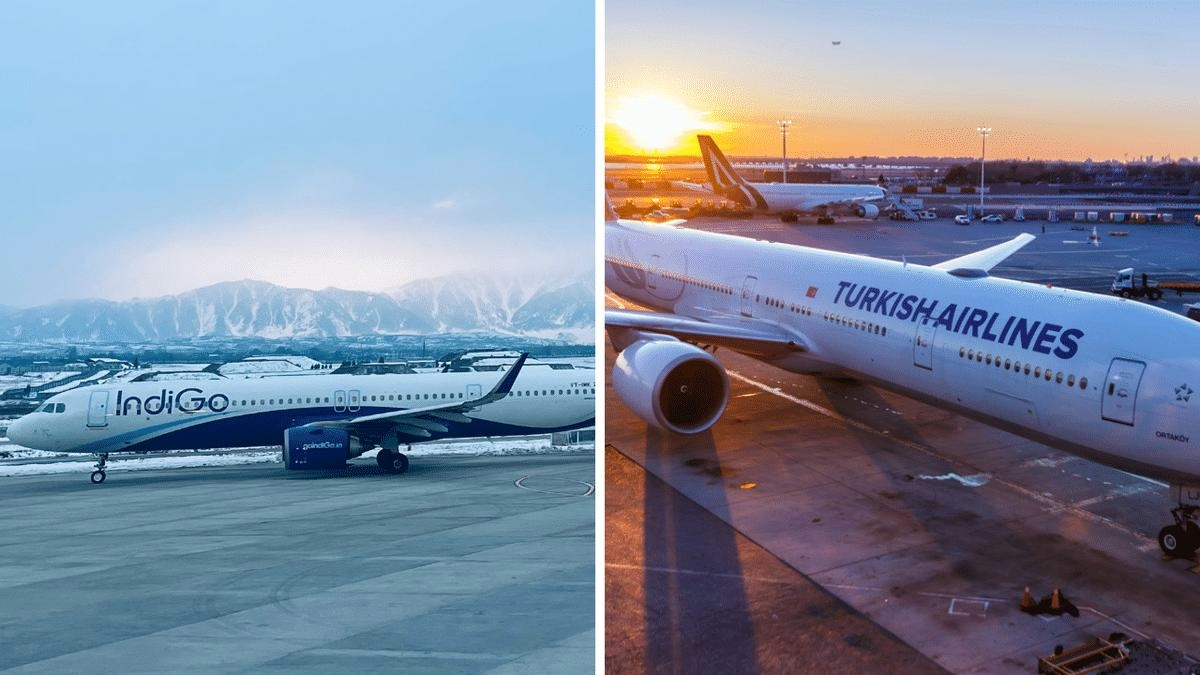
IndiGo to Maintain Istanbul Flights After Turkish Airlines Lease Ends; Codeshare Partnership Unaffected
IndiGo to Continue Istanbul Operations Following Turkish Airlines Lease Termination
India’s largest carrier, IndiGo, has confirmed it will maintain its flight services to Istanbul despite the impending conclusion of its lease agreement for two Boeing 777-300ER aircraft from Turkish Airlines. The Directorate General of Civil Aviation (DGCA) recently granted a final three-month extension on the lease, which is set to expire on August 31. This development comes amid heightened diplomatic tensions between India and Turkey, particularly following Turkey’s support for Pakistan in response to India’s military actions earlier this year.
Operational Adjustments and Strategic Considerations
IndiGo’s CEO, Pieter Elbers, speaking from Amsterdam, reaffirmed the airline’s commitment to the Istanbul route, emphasizing that the airline is actively exploring alternative operational strategies to sustain the service. One option under consideration involves deploying IndiGo’s own Airbus A321 aircraft, which, although smaller than the leased Boeing 777s, are capable of servicing medium-haul international routes. This transition presents several challenges, including the need to manage operational logistics without the direct support of Turkish Airlines’ widebody fleet and to maintain the route’s financial viability amid increased competition from Turkish Airlines itself.
Industry analysts suggest that this shift may invite closer regulatory scrutiny and could impact passenger demand, especially if Turkish Airlines adjusts its route strategies or enhances service offerings to protect its market share. Despite these complexities, IndiGo remains focused on adapting to the evolving landscape while preserving its presence in a key international market.
Codeshare Partnership and Industry Challenges
Notwithstanding the termination of the aircraft lease, IndiGo’s codeshare agreement with Turkish Airlines will continue uninterrupted. Elbers highlighted the mutual benefits of the partnership, which enables both airlines to market seats on each other’s flights, thereby expanding destination options and providing passengers with seamless travel experiences under a single ticket.
Elbers also addressed ongoing supply chain difficulties affecting the aviation sector, including delays in aircraft deliveries and spare parts availability. Although conditions have improved, IndiGo continues to implement measures such as lease extensions and operational adjustments to mitigate disruptions, resulting in a gradual reduction of grounded aircraft within its fleet.
Currently operating over 400 aircraft and managing more than 2,200 daily flights, IndiGo’s determination to sustain its Istanbul service, alongside its expanding international network and new aircraft acquisitions, reflects its broader ambition to enhance its global footprint. As the airline navigates operational challenges and competitive pressures, its priority remains focused on growth and connectivity for Indian travelers.
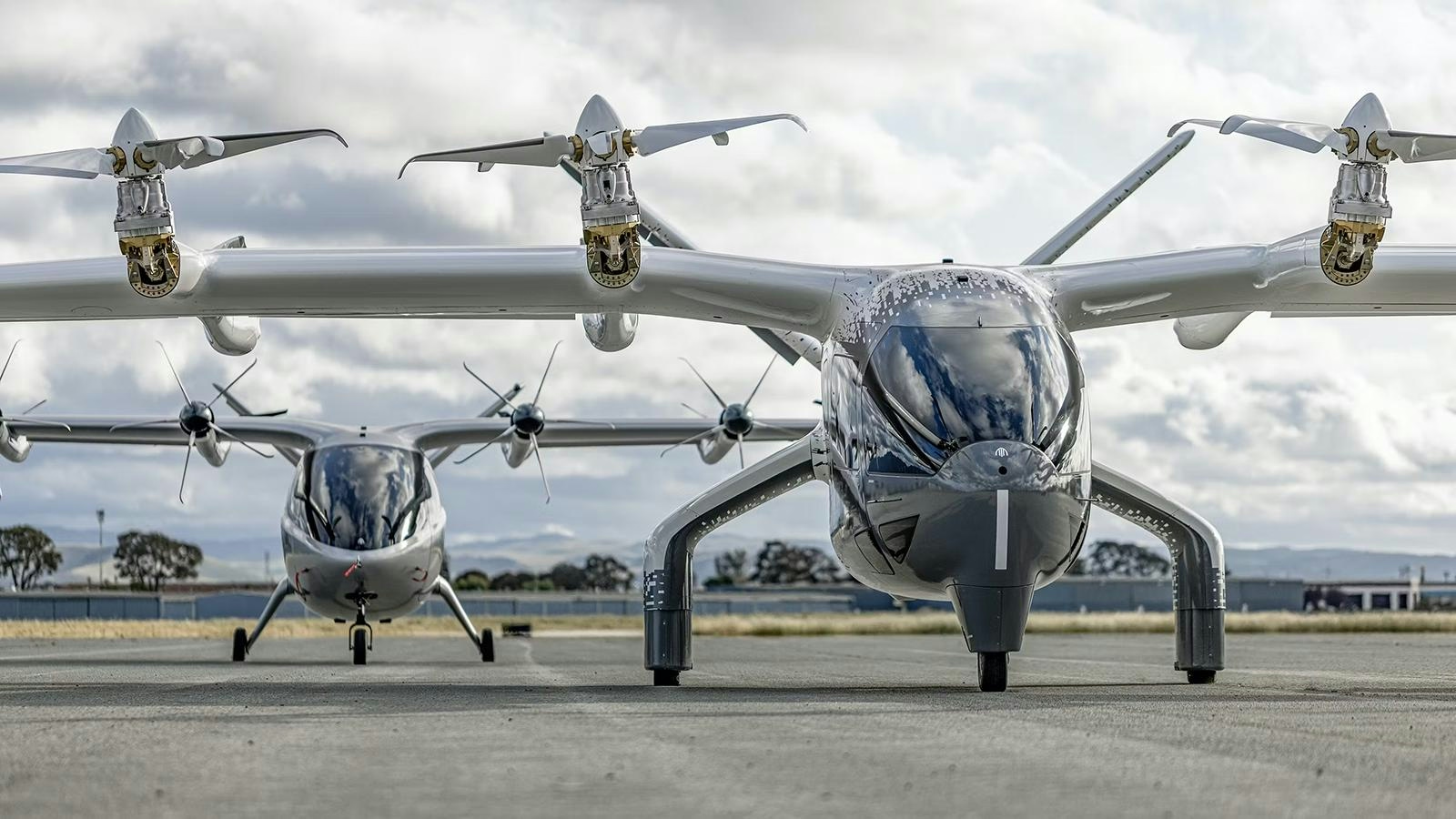
Archer’s Midnight Air Taxi Completes First Flight in UAE Desert
Archer’s Midnight Air Taxi Completes First Flight in UAE Desert
Archer Aviation’s Midnight electric vertical takeoff and landing (eVTOL) aircraft has successfully completed its inaugural flight at Al Bateen Executive Airport in Abu Dhabi. This milestone represents a crucial step in the company’s ambition to launch commercial air taxi services within the United Arab Emirates and to expand its footprint across the Middle East.
Testing in Challenging Conditions
The test flight was conducted with the support of the Smart and Autonomous Systems Council (SASC) and witnessed by senior officials from the UAE General Civil Aviation Authority (GCAA), the Abu Dhabi Investment Office (ADIO), the Integrated Transport Centre, Abu Dhabi Aviation, and Abu Dhabi Airports, alongside representatives from Archer’s regional partners. The operation focused on evaluating the Midnight aircraft’s vertical takeoff and landing capabilities under the demanding environmental conditions typical of the UAE, including high temperatures, humidity, and dust exposure. These factors are critical to ensuring the safety and reliability of urban air mobility solutions in the region.
H.E. Badr Al-Olama, Director General of ADIO, highlighted the significance of the flight, stating, “This flight marks a significant step towards realising Abu Dhabi’s ambition to lead the world in advanced urban air mobility.” He further noted that through the Smart and Autonomous Vehicles Industry (SAVI) Cluster, the UAE is fostering an environment that enables companies like Archer to test, certify, and scale next-generation air mobility technologies, reinforcing the country’s position as a global innovation hub.
Archer’s CEO and founder, Adam Goldstein, underscored the importance of conducting tests in real-world conditions, particularly during the summer months. He explained that such testing provides essential data to advance both commercial deployment and certification efforts in the UAE and the United States.
Commercialization and Market Challenges
The successful flight supports Archer’s Launch Edition commercialization program in partnership with Abu Dhabi Aviation, which aims to establish air taxi services within the emirate. The company plans to expand its flight-testing program in the region to collect additional data necessary for certification and commercialization in the UAE and other strategic markets.
Despite these advancements, Archer faces significant challenges on the path to commercial deployment. Navigating complex regulatory approval processes and meeting stringent safety certification requirements remain formidable obstacles. Additionally, the company contends with growing competition from other eVTOL developers such as Wisk and Otto, who may accelerate their own development timelines or seek strategic partnerships in response to Archer’s progress.
Investor interest has intensified following Archer’s recent achievements, fueling speculation about the commercial viability of air taxis. The company’s strategic expansion into markets including Indonesia and the UAE reflects a proactive approach to overcoming these challenges and positioning itself as a leader in the emerging urban air mobility sector.
Archer’s recent milestones, including securing regulatory design approval for the UAE’s first hybrid heliport at Abu Dhabi Cruise Terminal and establishing partnerships with prominent regional operators, further demonstrate its commitment to building a strong presence in early adopter markets. As competition in the eVTOL space intensifies, Archer’s progress in the UAE may serve as a catalyst for broader adoption of air taxi services worldwide.
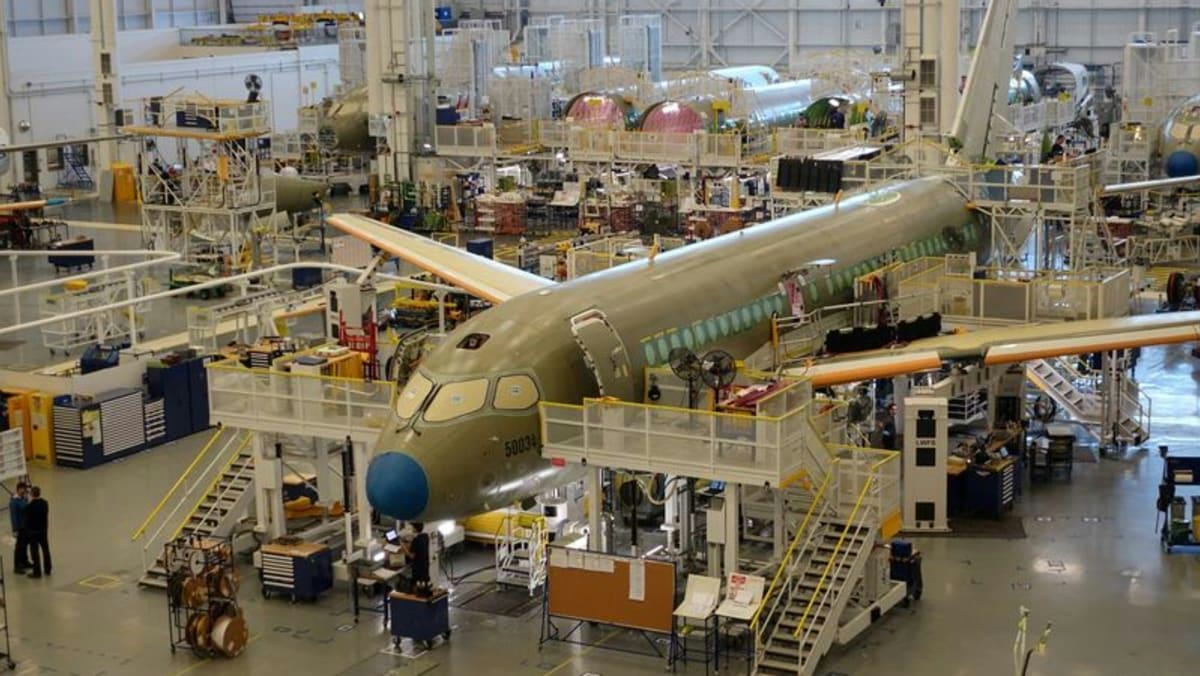
Report: AirAsia Nears Airbus Order
AirAsia Poised to Finalize Major Aircraft Order with Airbus
AirAsia is reportedly nearing the completion of a substantial aircraft purchase agreement with Airbus, according to sources familiar with the negotiations. This potential deal would mark a significant expansion of the low-cost carrier’s fleet amid evolving conditions in the global aviation market.
Challenges and Strategic Considerations
The airline faces several critical challenges as it moves toward finalizing the order. Securing adequate financing remains a primary concern, particularly given the prevailing economic uncertainties that continue to affect the industry. Additionally, AirAsia must carefully coordinate delivery schedules to prevent operational disruptions and ensure that the new aircraft integrate seamlessly with its long-term growth strategy.
Market responses to the prospective order are expected to be varied. Some investors may view the move as a strong indication of AirAsia’s confidence in the post-pandemic recovery and anticipated future demand. Conversely, others may raise concerns about the financial strain such a large acquisition could impose. The airline’s capacity to balance fleet expansion with fiscal prudence will be subject to close scrutiny.
Competitive Pressures and Industry Implications
The competitive environment in the aviation sector is intensifying, with several carriers actively expanding their fleets. Notably, Riyadh Air recently placed a firm order for 25 Airbus A350-1000 aircraft, a development that could influence market dynamics and pricing strategies for forthcoming deals. This heightened competition for Airbus’s market share adds complexity to AirAsia’s negotiations.
The outcome of AirAsia’s discussions with Airbus holds significant implications not only for the airline itself but also for the broader air transport industry. Stakeholders across the sector are closely monitoring the situation to gauge how AirAsia will address these challenges and what the final terms of any agreement might entail.
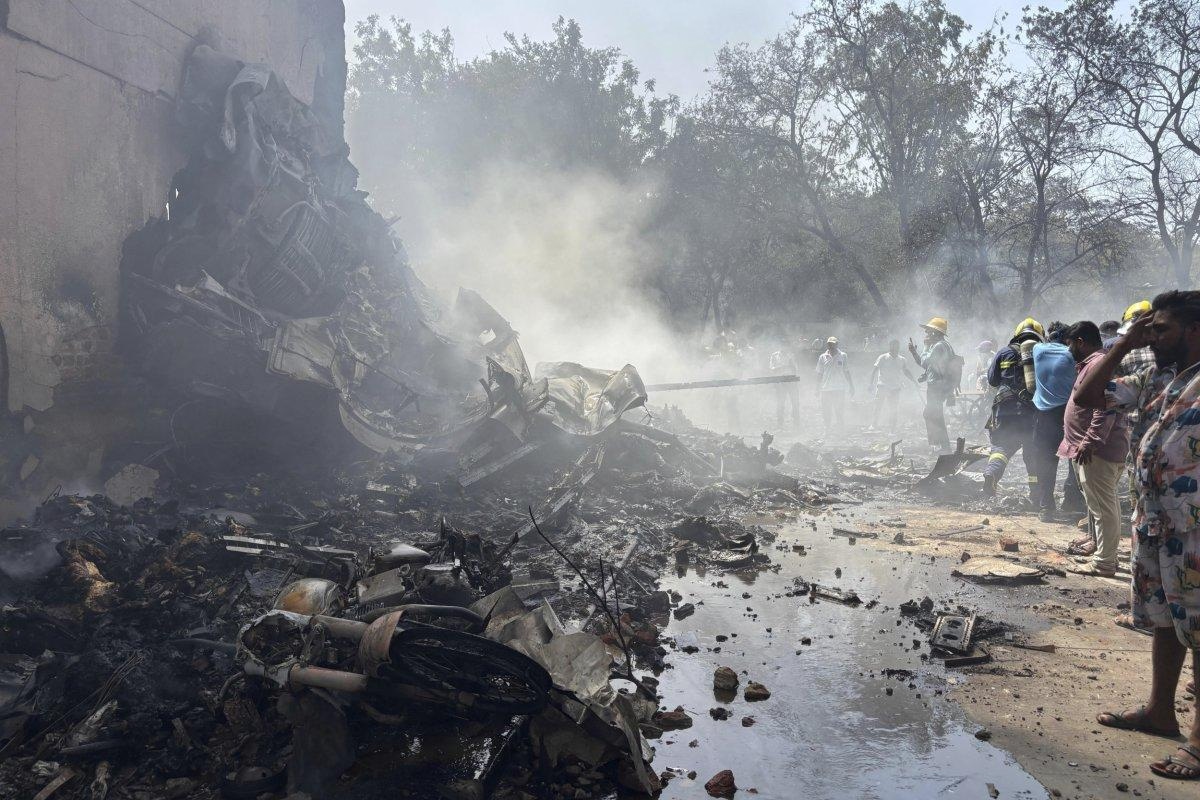
Engine Failure Identified as Likely Cause of Air India Crash
Engine Failure Identified as Likely Cause of Air India Crash
Preliminary investigations into the Air India Boeing 787-8 crash in Ahmedabad, which claimed at least 279 lives, point to a loss of engine power as the most probable cause. Video footage and official reports from Indian authorities reveal that the aircraft, equipped with General Electric GEnx engines, suffered a significant reduction in thrust during takeoff. The plane was unable to ascend beyond 450 feet before it crashed, shifting the focus of the inquiry away from earlier theories concerning the wing flaps and landing gear configuration.
Investigation and Regulatory Response
No conclusive explanation has yet emerged for the rare simultaneous power loss in both engines. In response, the Directorate General of Civil Aviation (DGCA) has initiated urgent pre-flight inspections targeting fuel systems, electronic engine controls, and other critical components on all Boeing 787 aircraft operating within India. These measures aim to identify any potential faults that could have contributed to the failure and to prevent similar incidents in the future.
Implications for Air India and the Aviation Sector
The crash poses a significant challenge for Air India, which is currently engaged in efforts to revitalize its operations amid increasing competition and regulatory scrutiny. The disaster threatens to undermine the airline’s reputation, potentially leading to financial losses and operational disruptions. Industry analysts suggest that the incident may result in heightened insurance claims and prompt comprehensive investigations into Air India’s safety protocols, management practices, and maintenance standards.
Market observers have noted increased scrutiny of Air India’s operational oversight, with competitors possibly seeking to leverage the airline’s difficulties to enhance their own market positions. Beyond the immediate impact on Air India, the tragedy raises broader concerns about the ambitions of India’s aviation sector. It underscores the critical importance of maintaining rigorous safety standards and effective regulatory oversight to ensure the sector’s sustainable growth.
As the investigation proceeds, authorities and industry experts stress the necessity for transparency and prompt corrective action to address any identified deficiencies. The findings of the ongoing probe are expected to have significant consequences for both Air India and the wider Indian aviation industry.
Ask AeroGenie